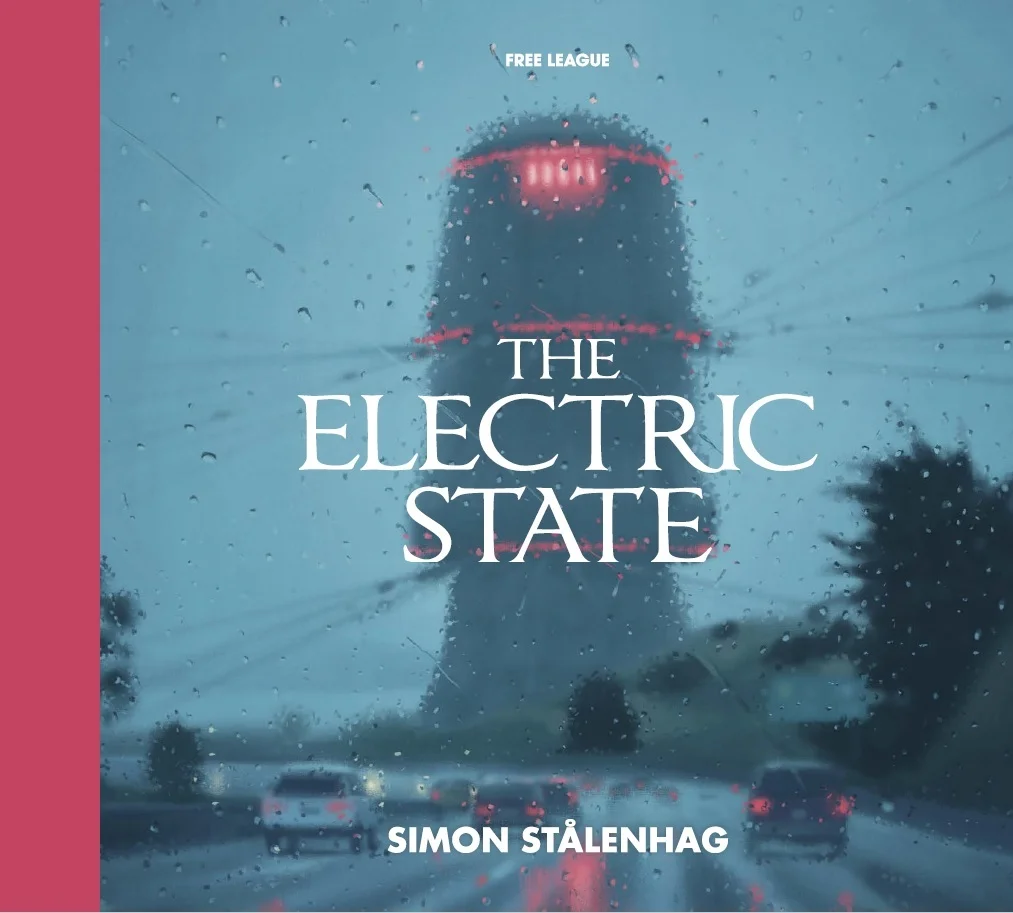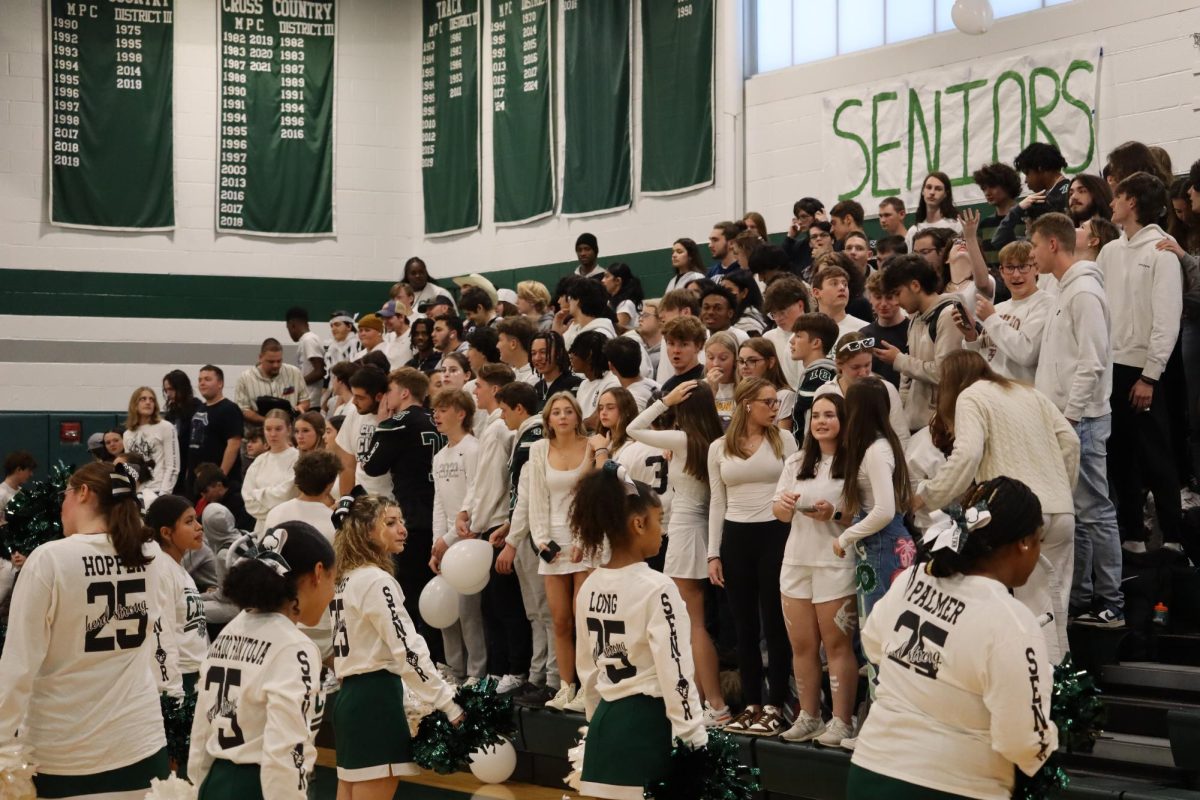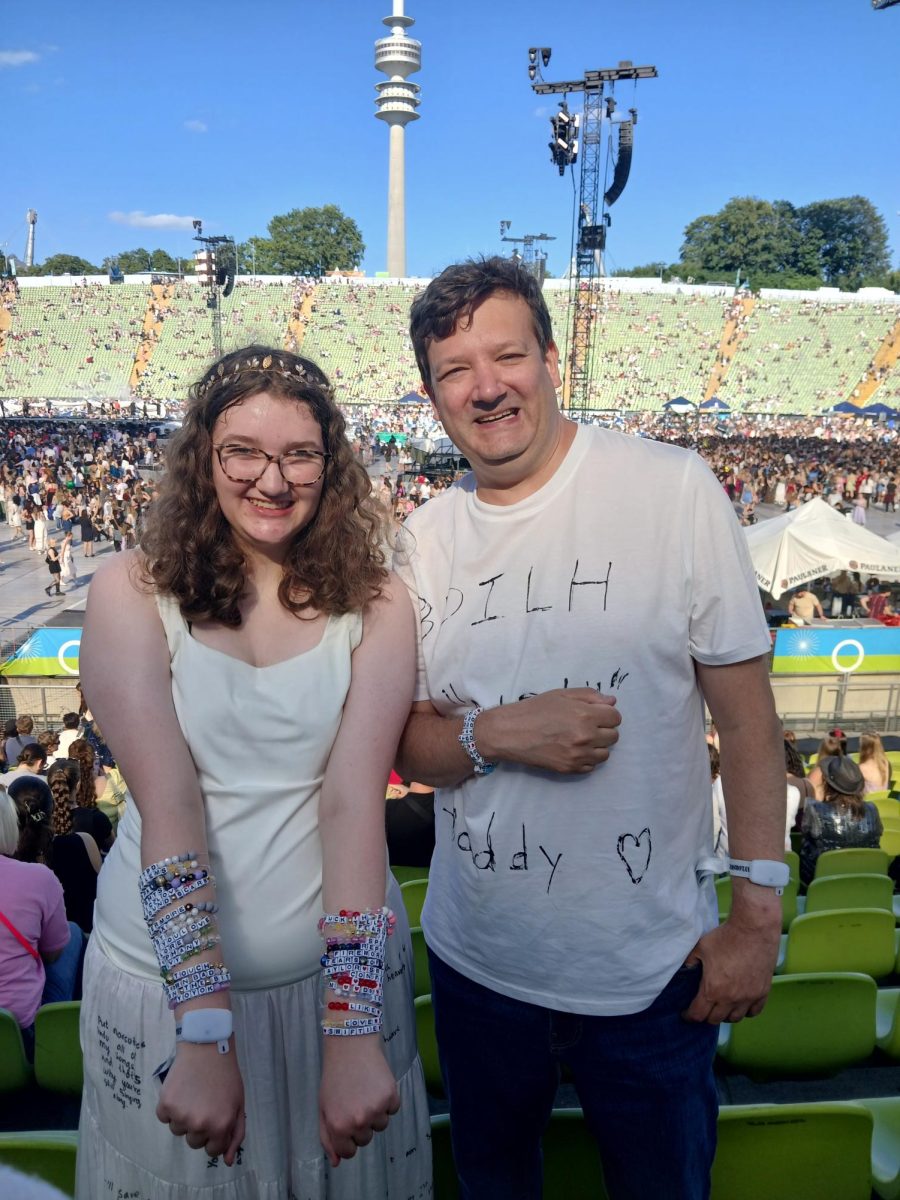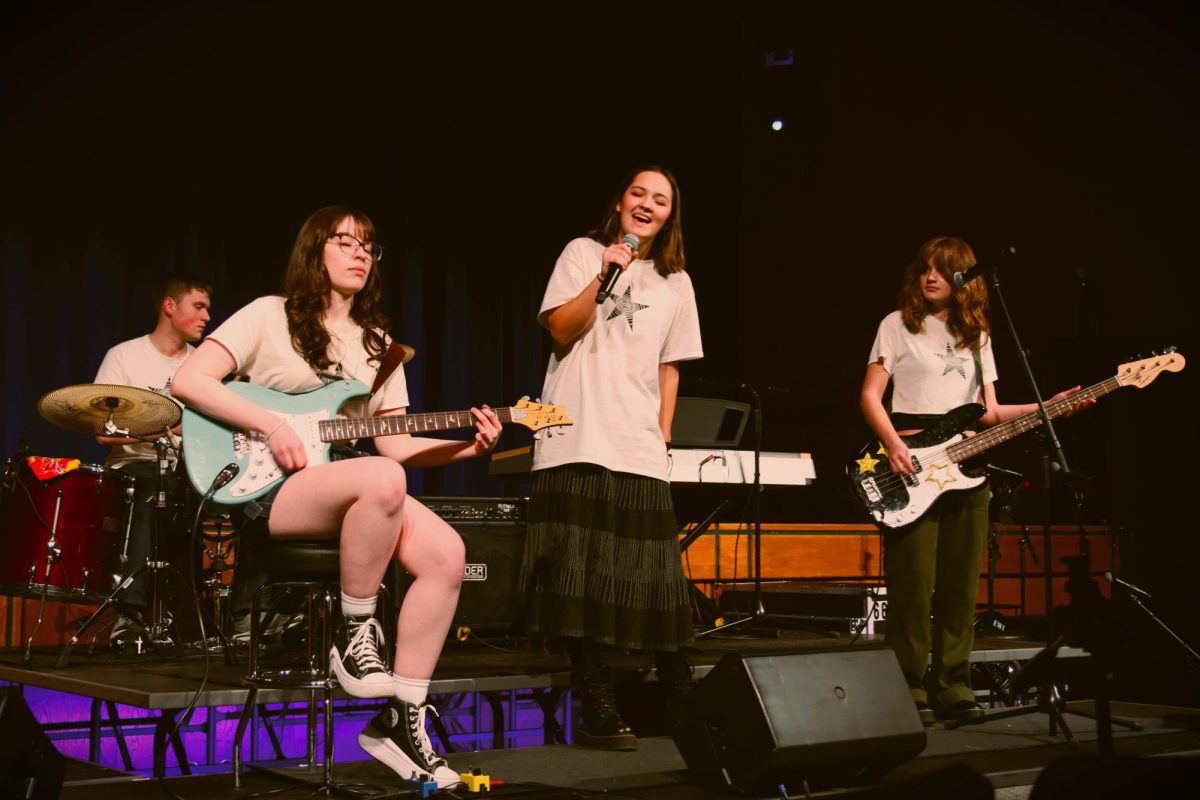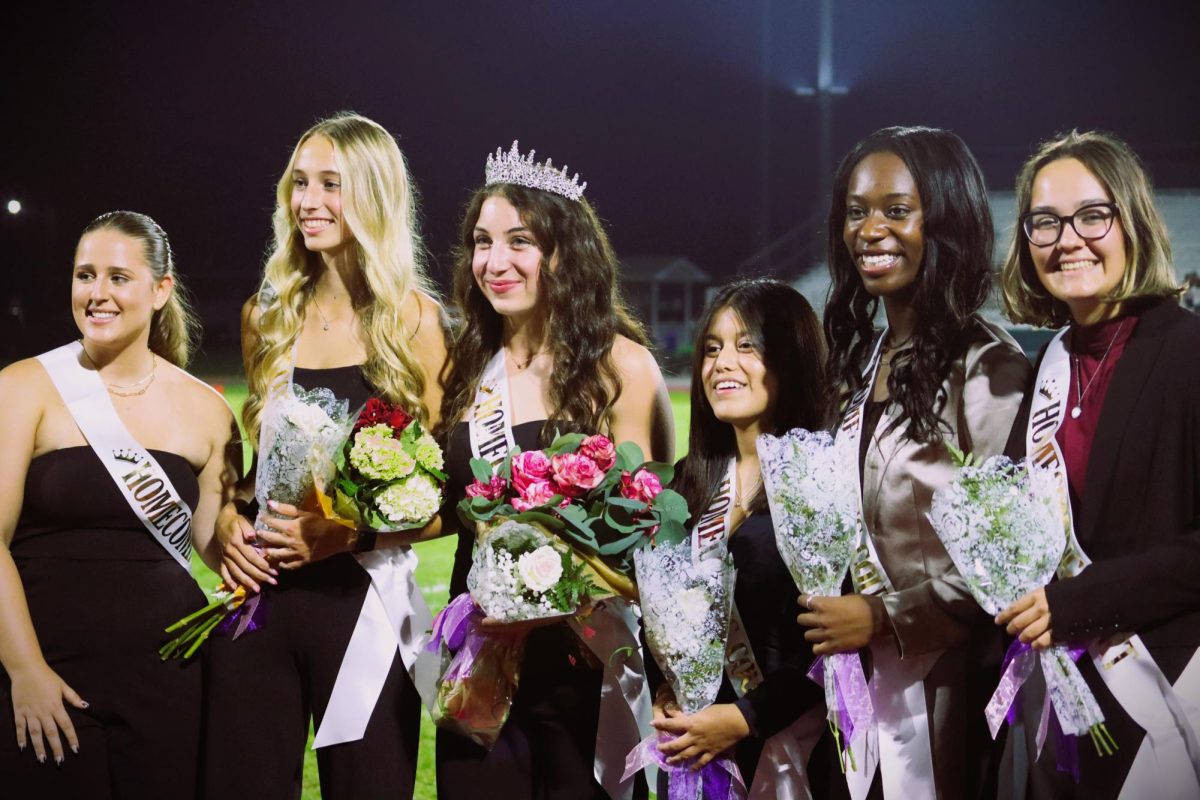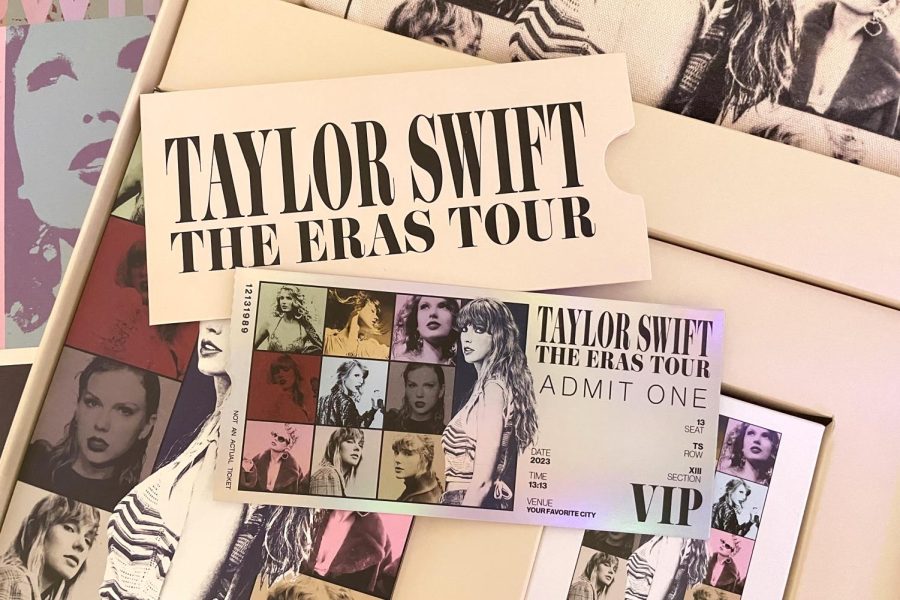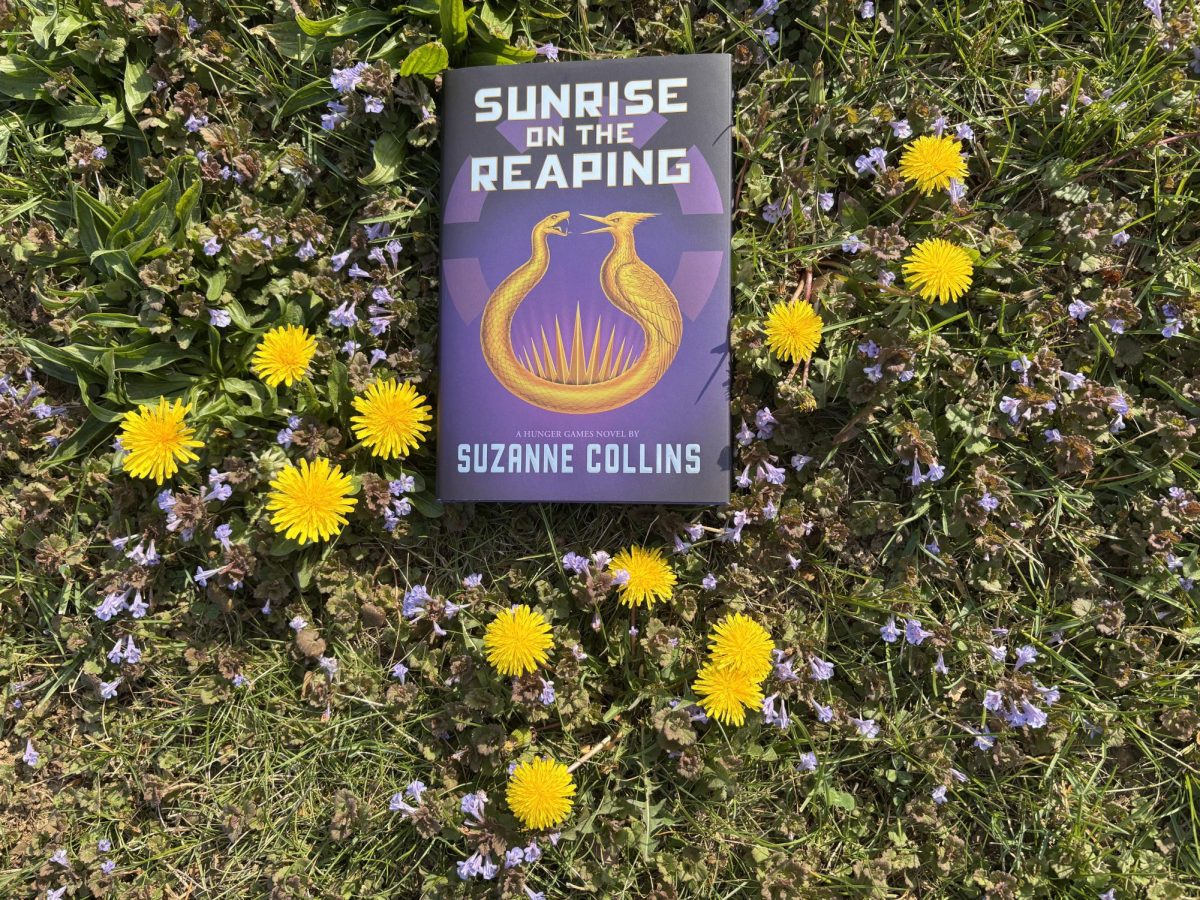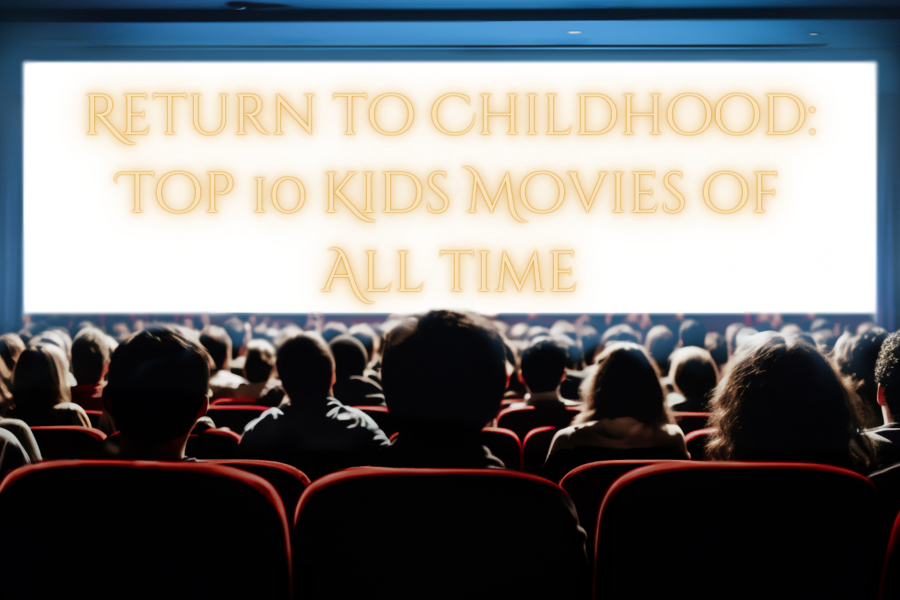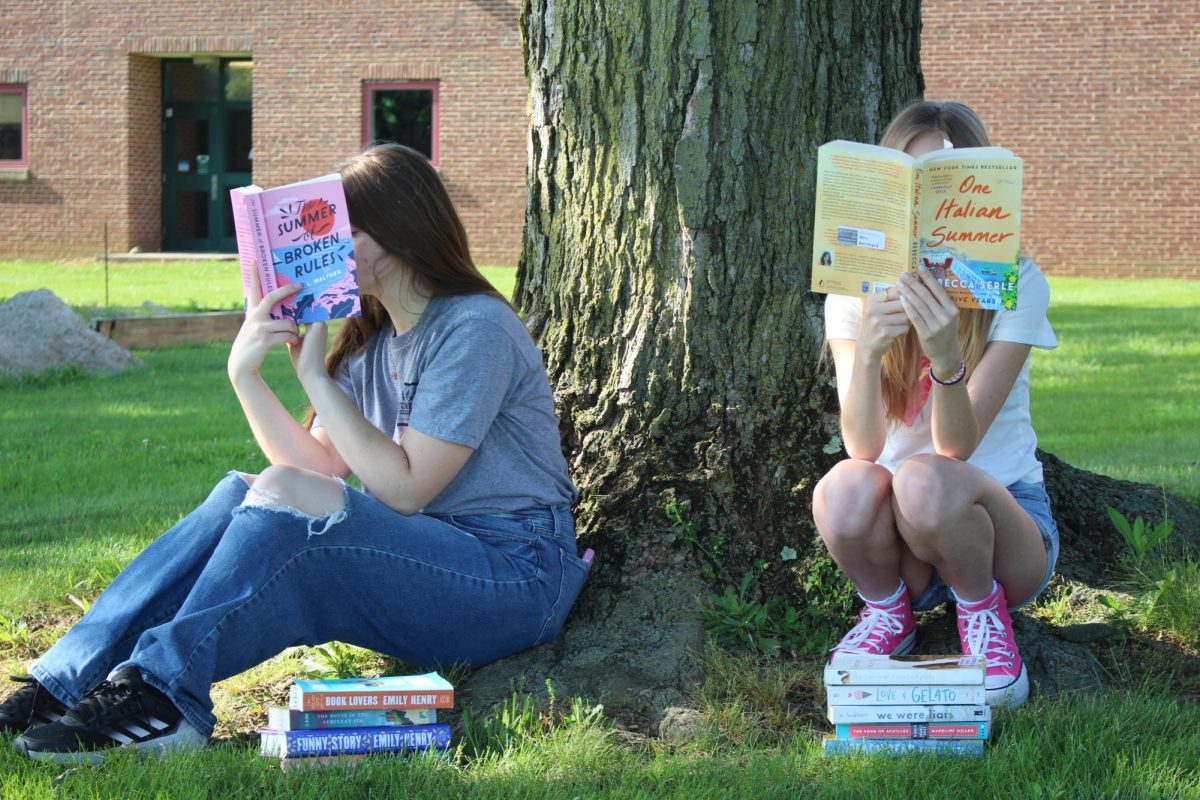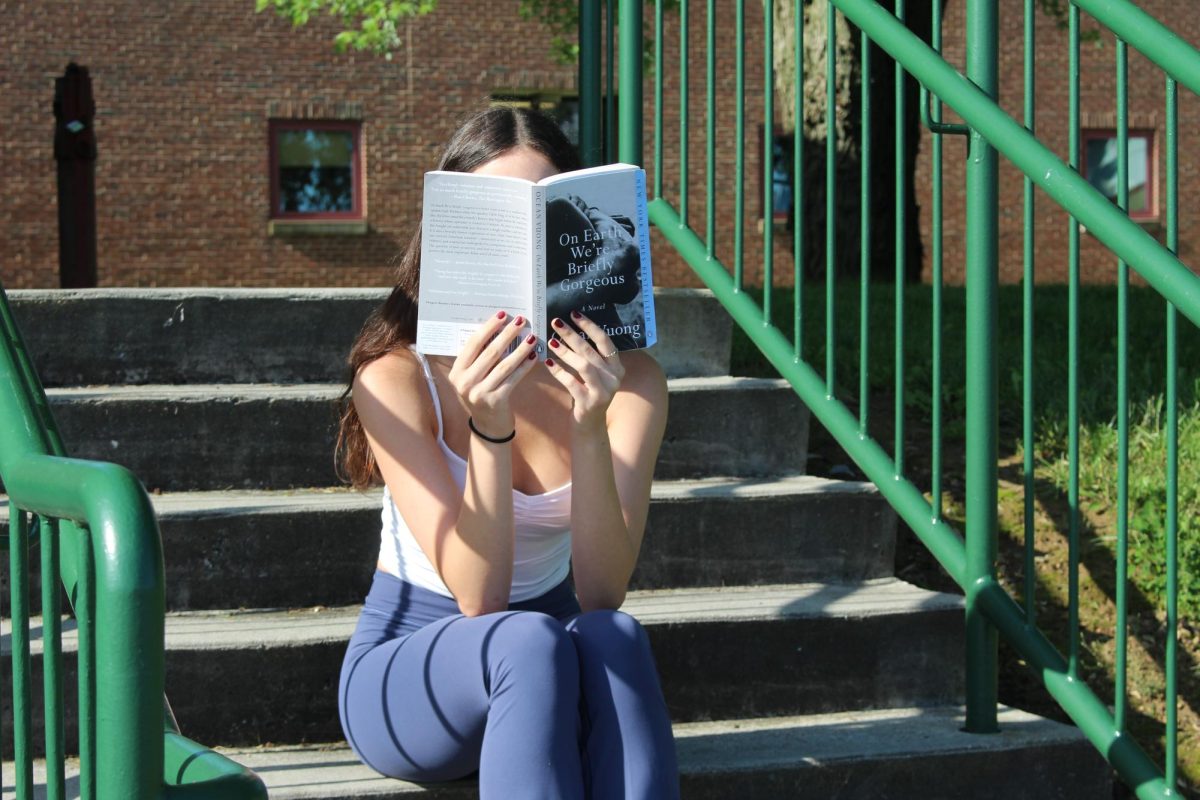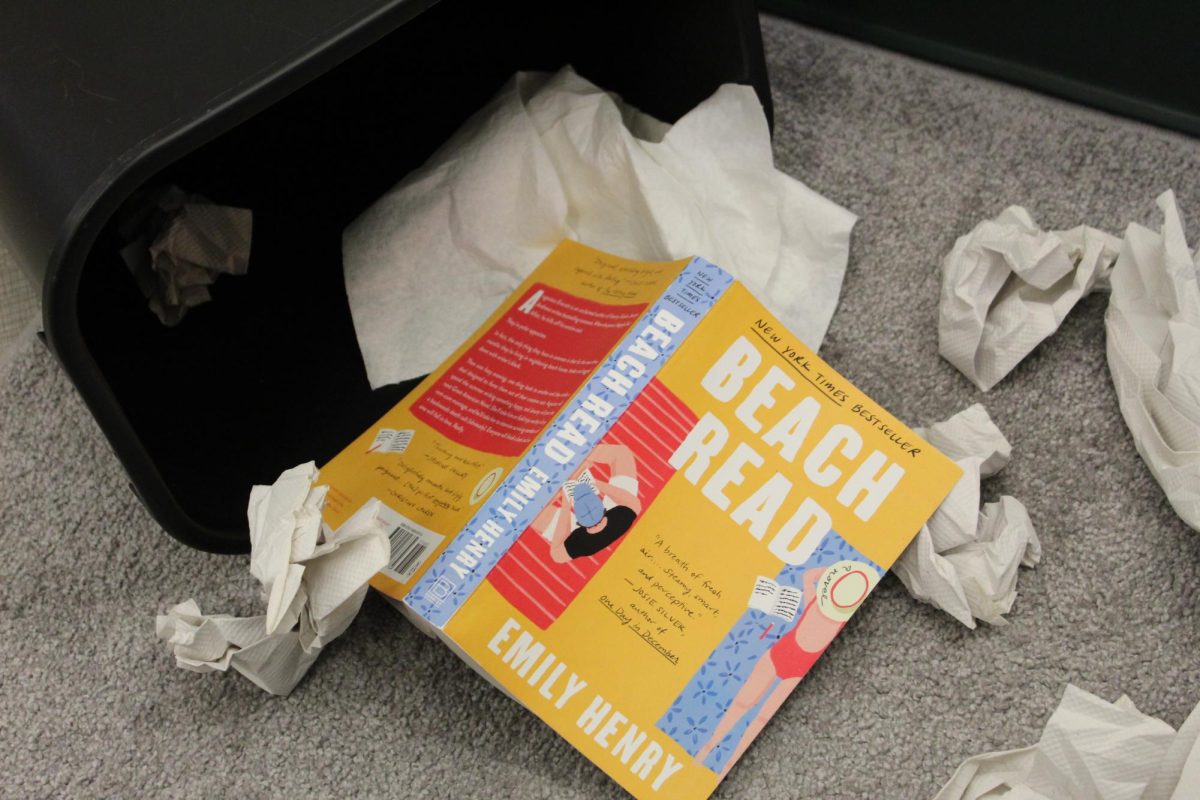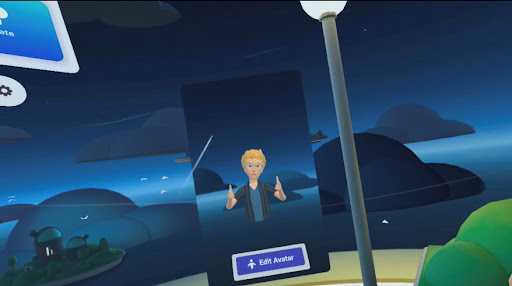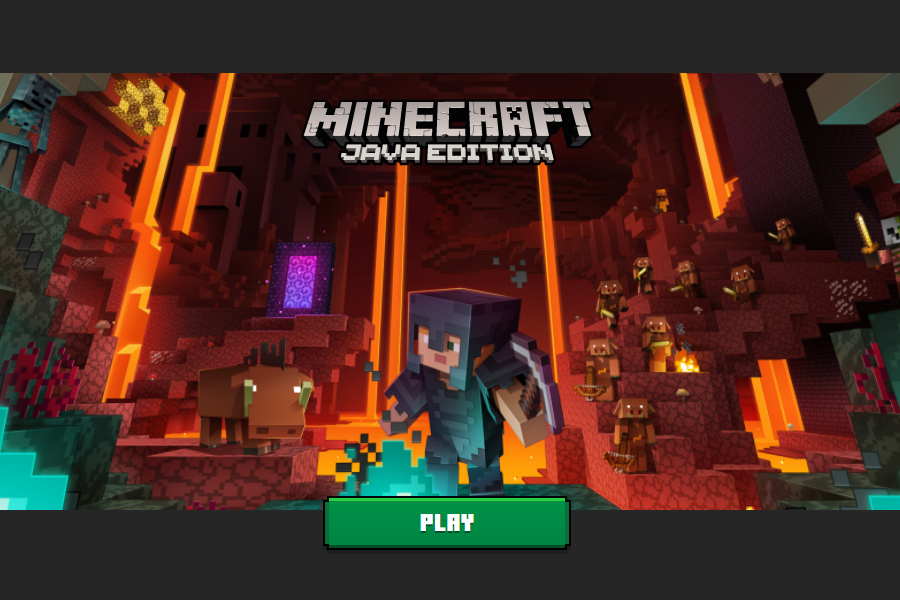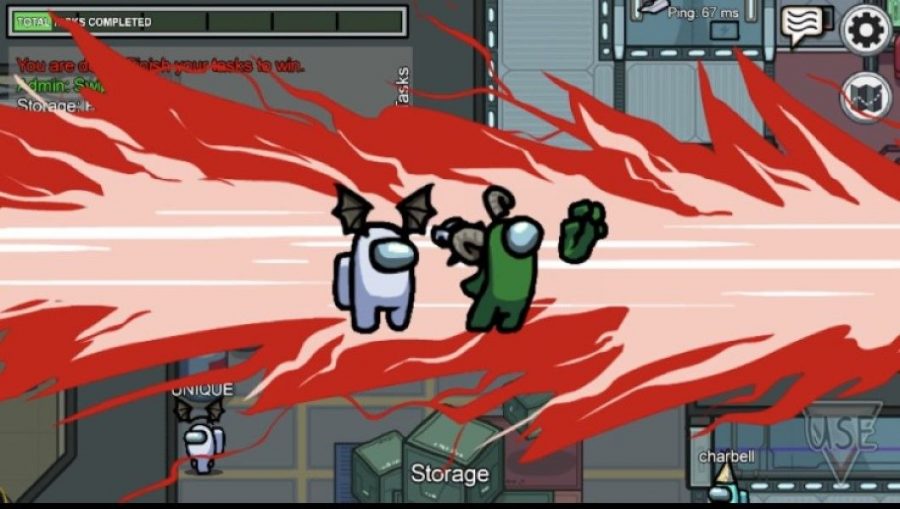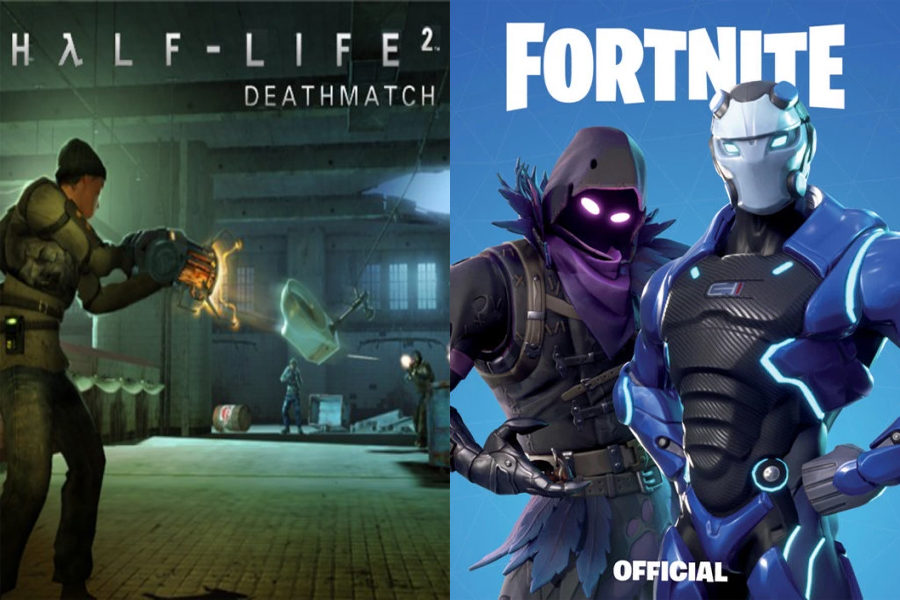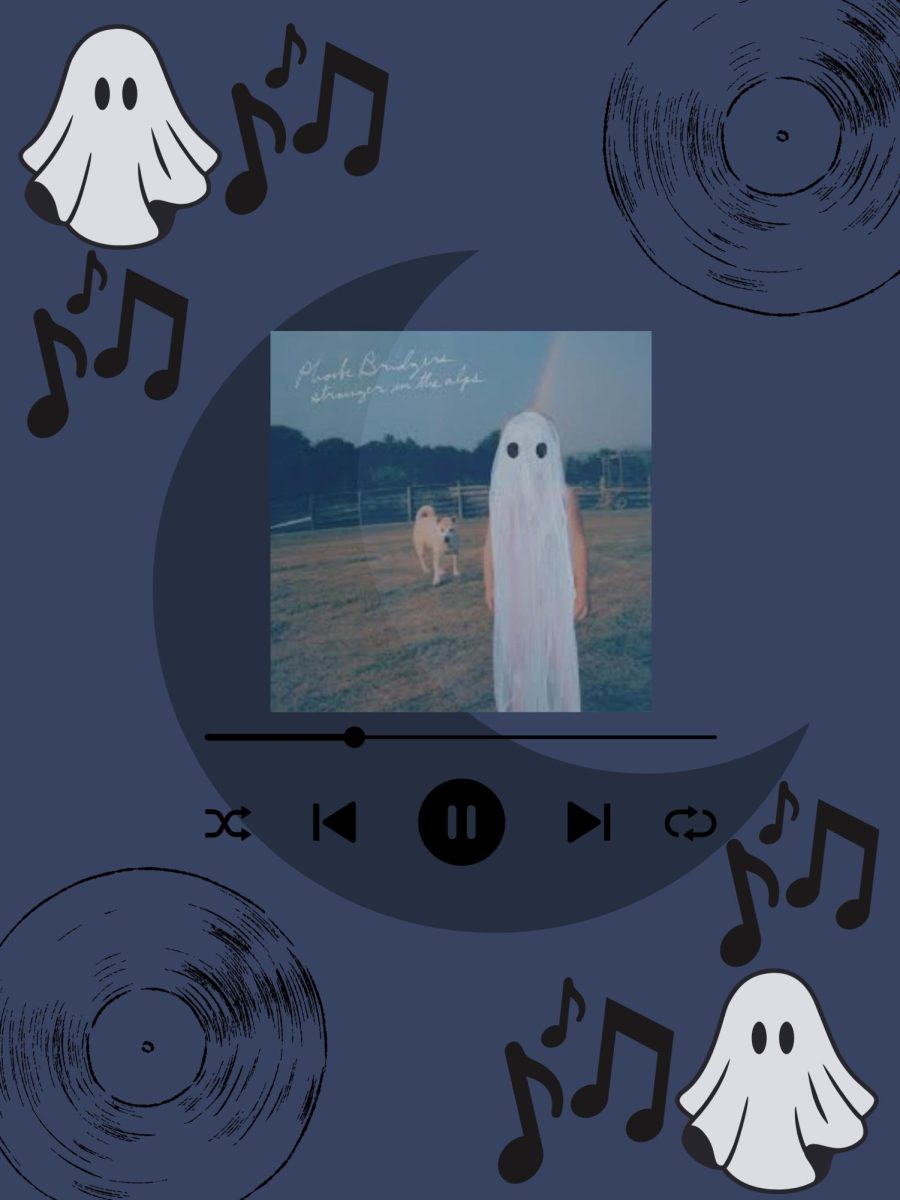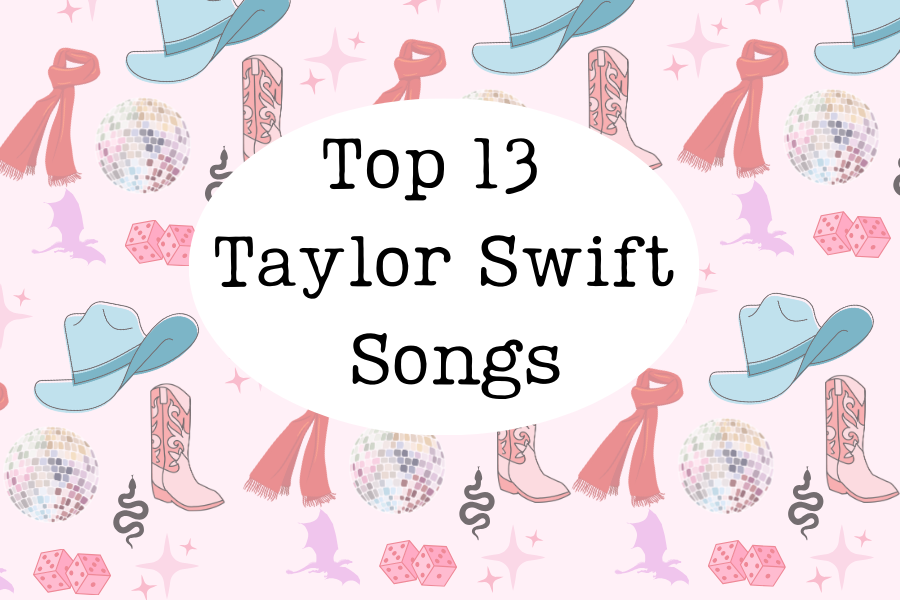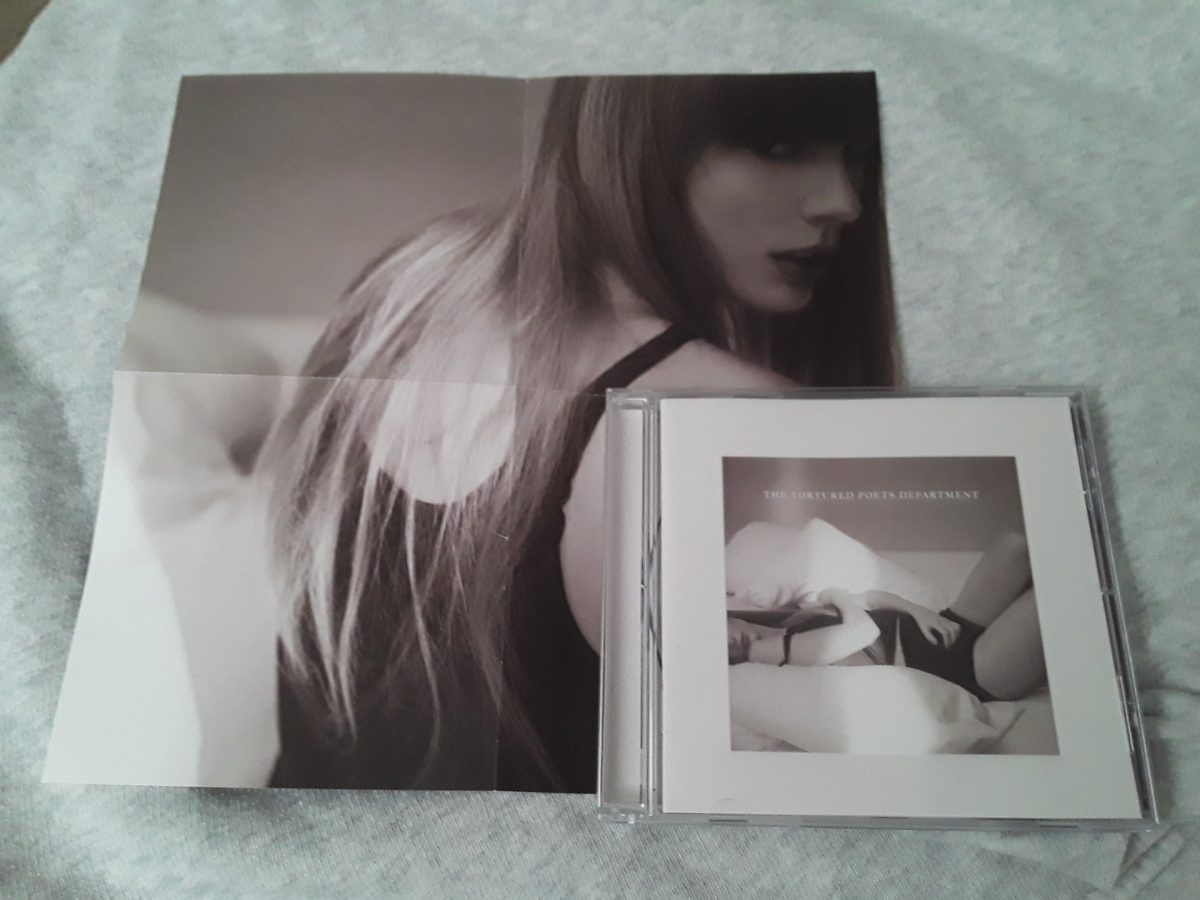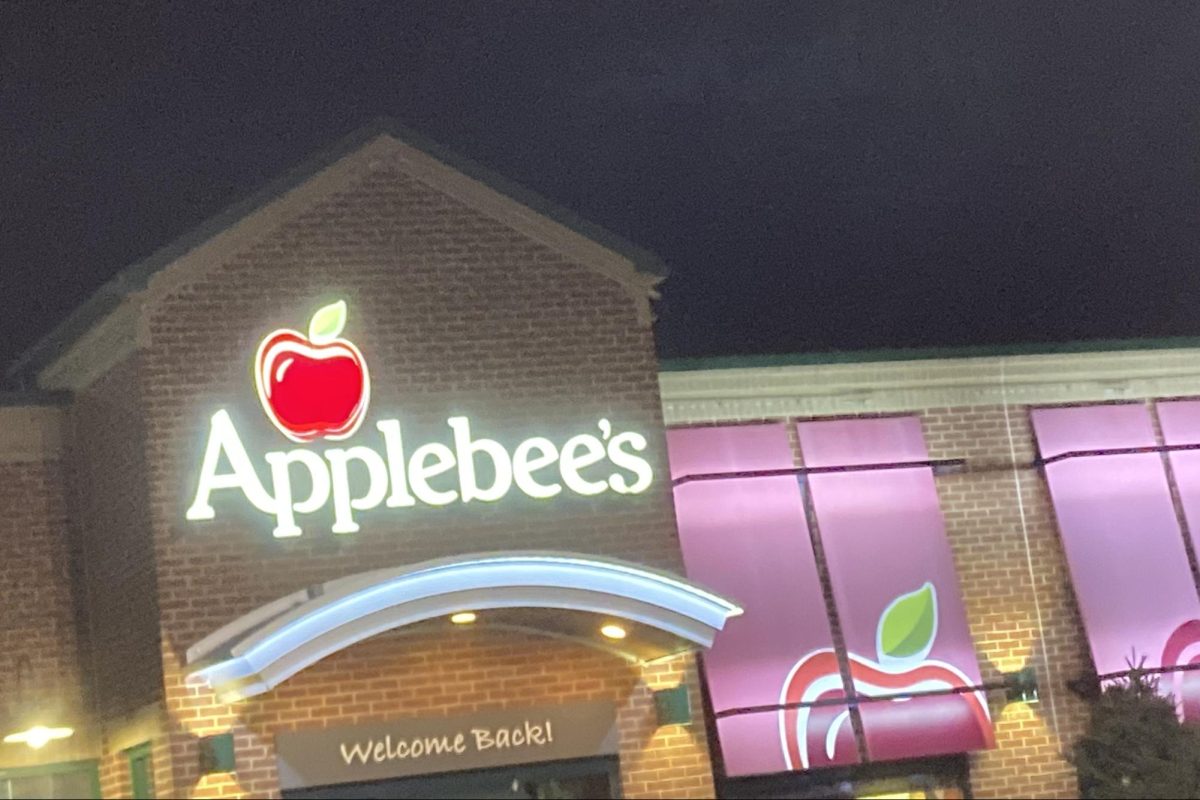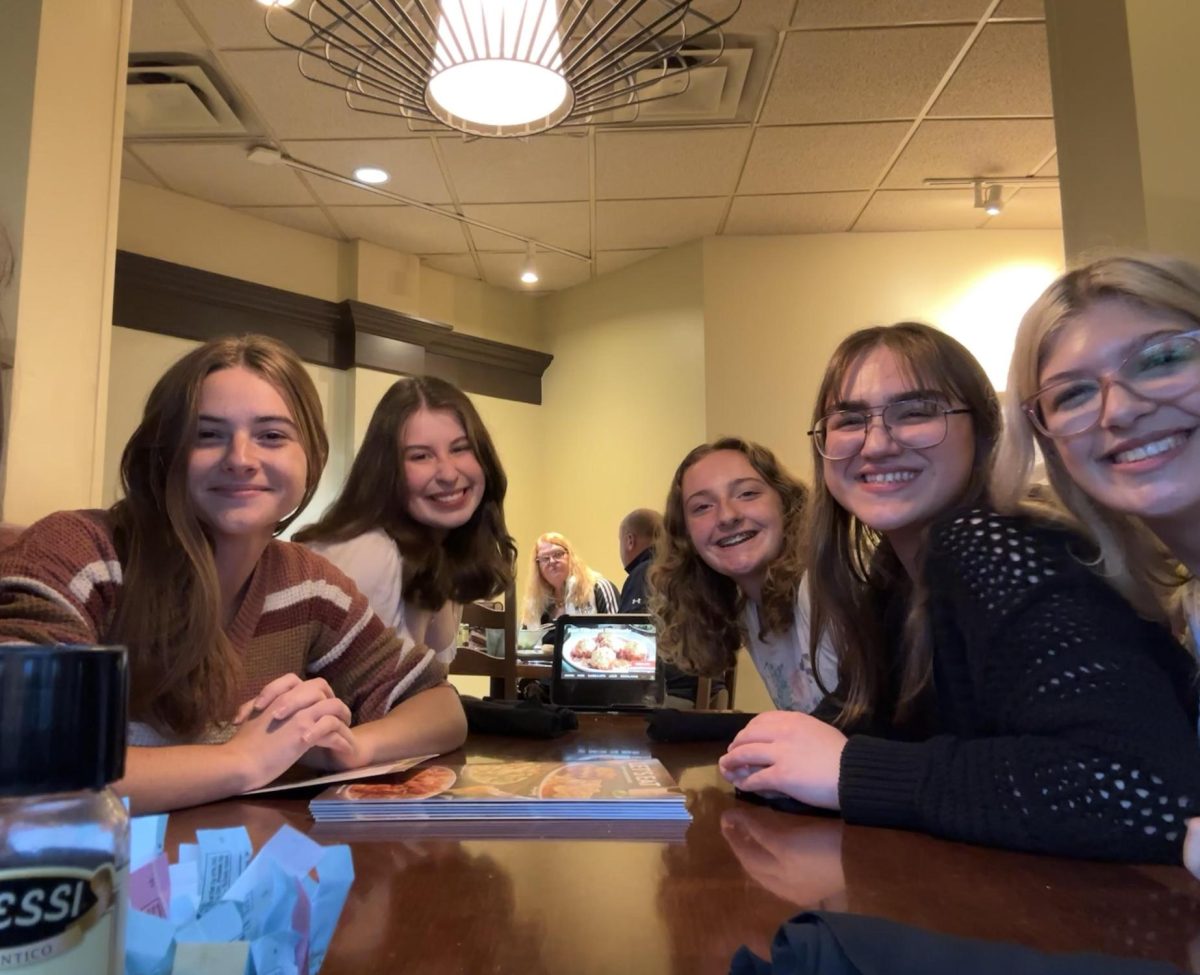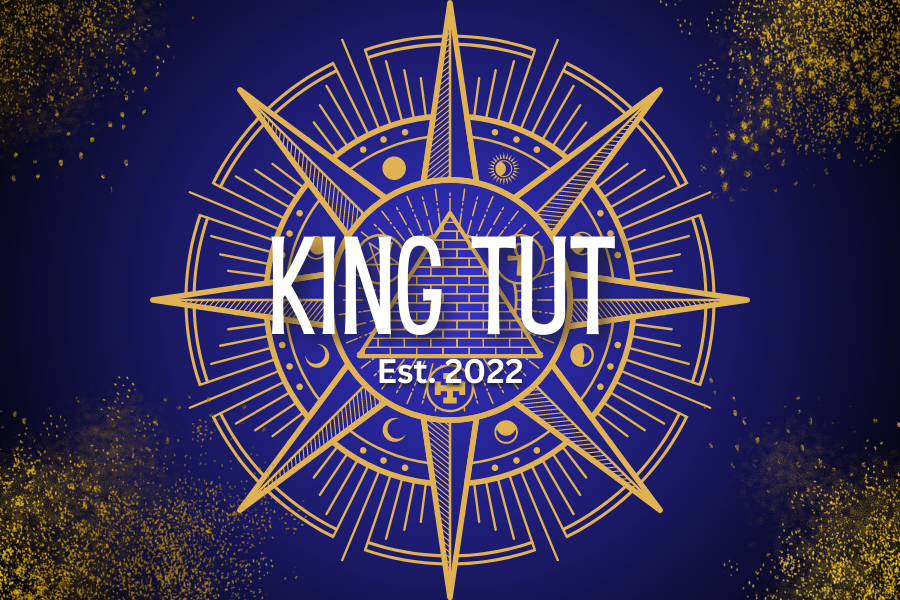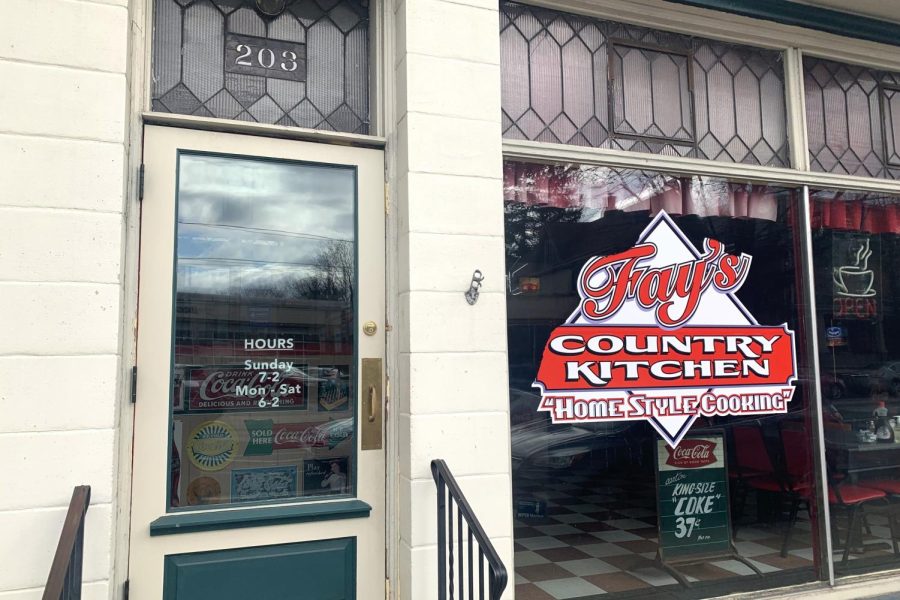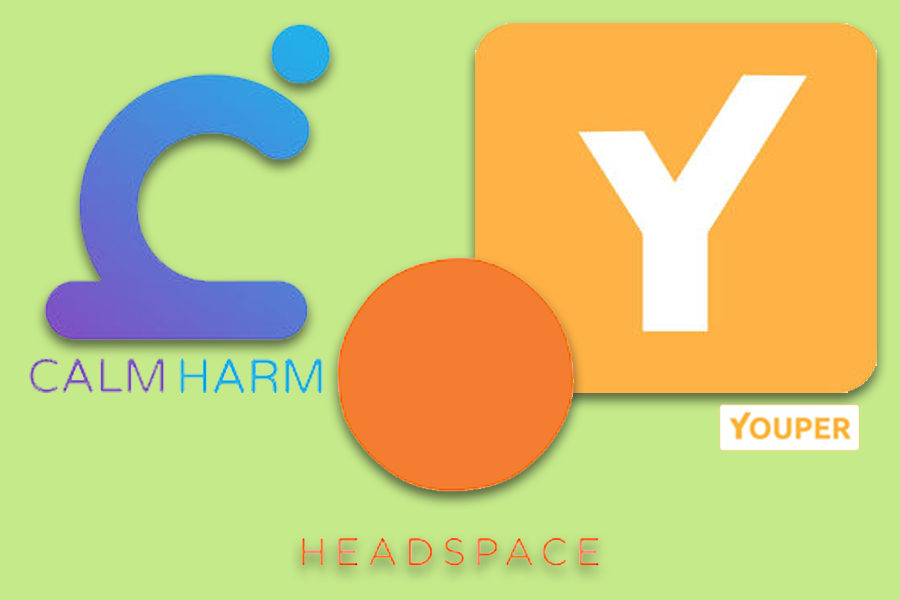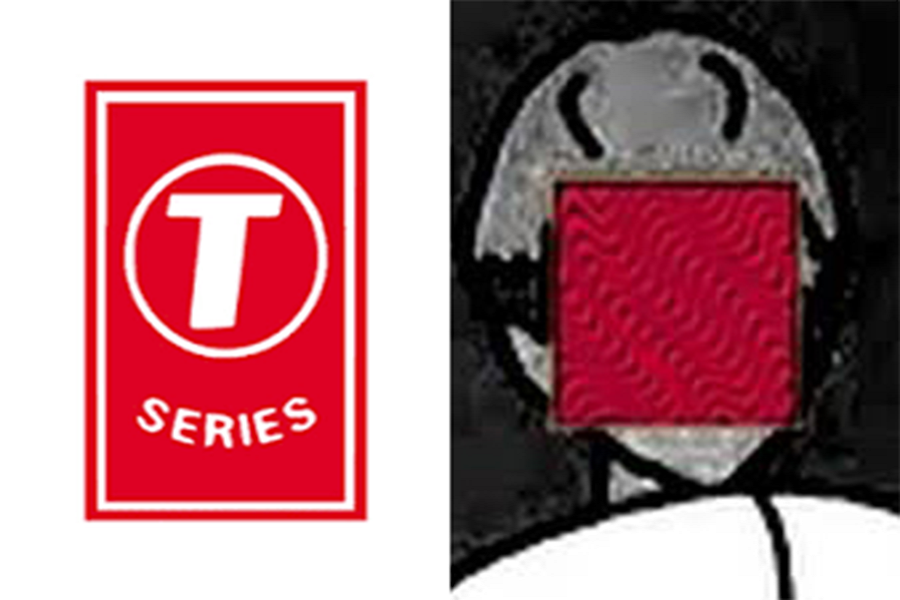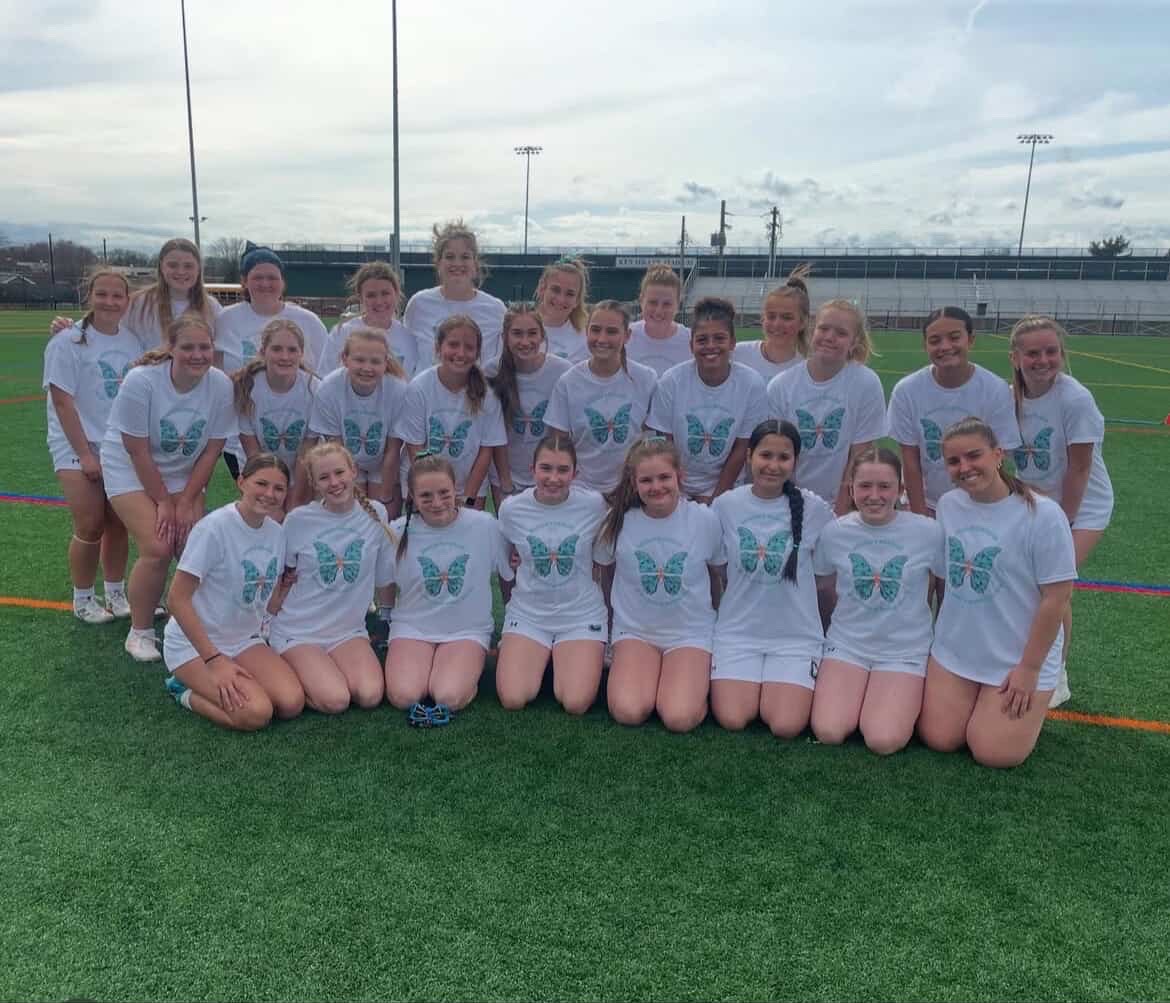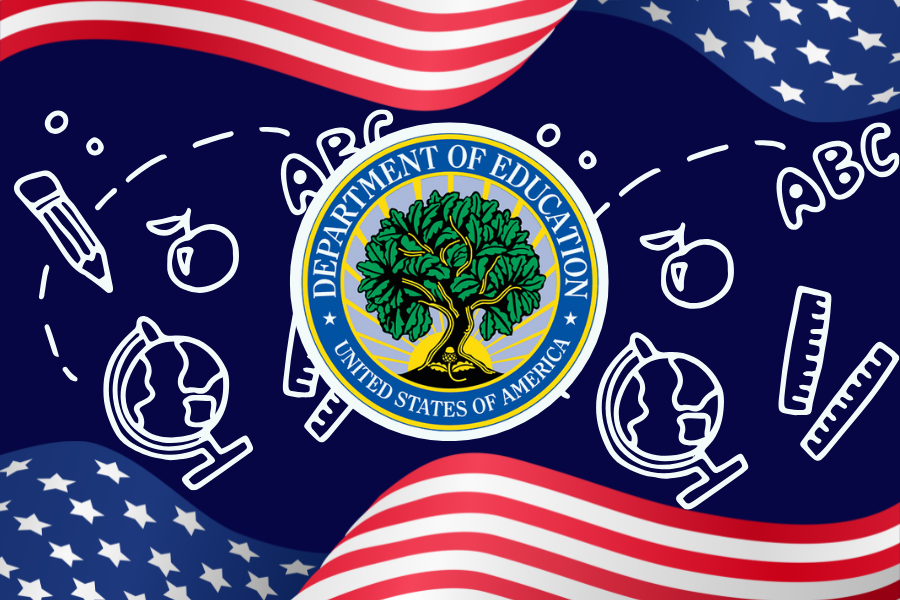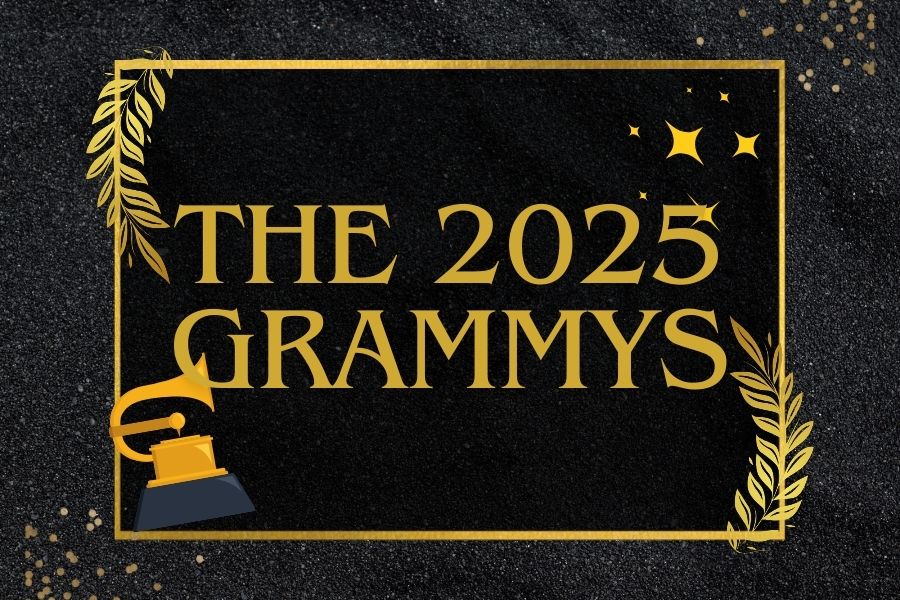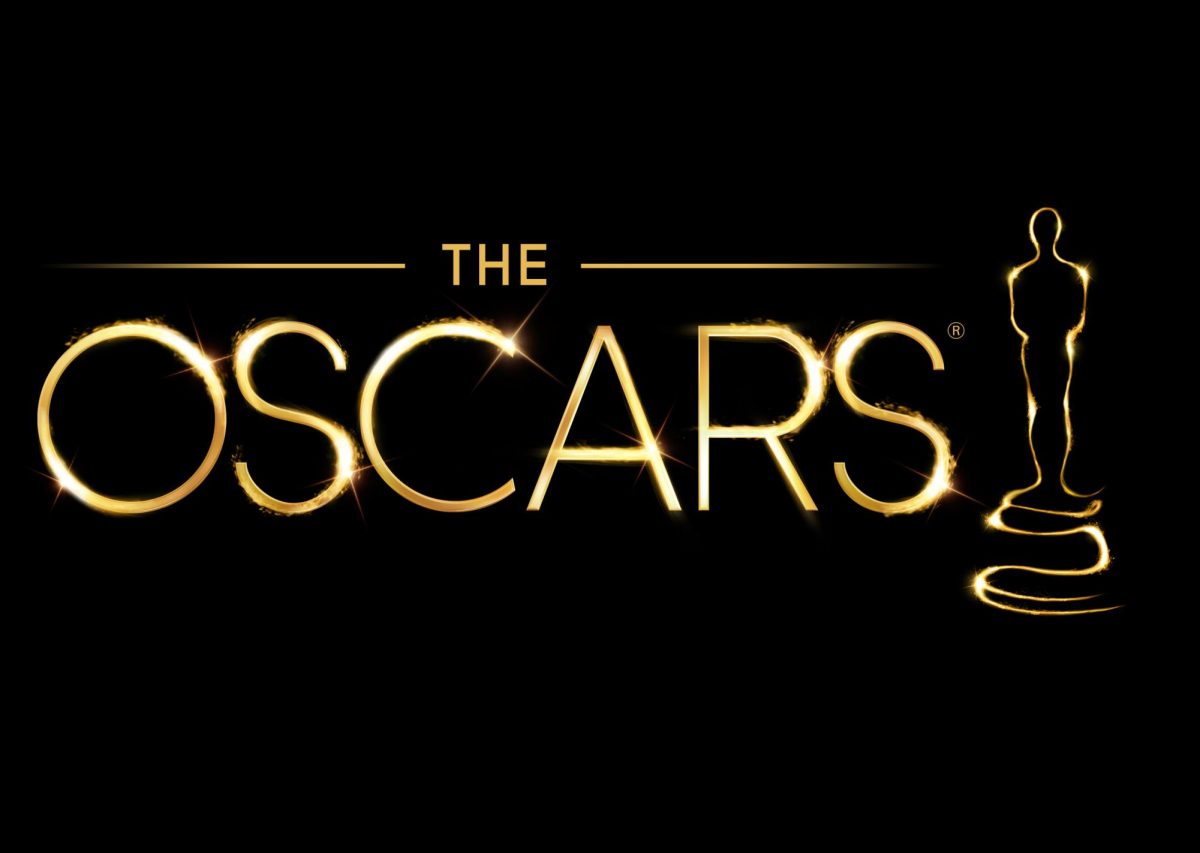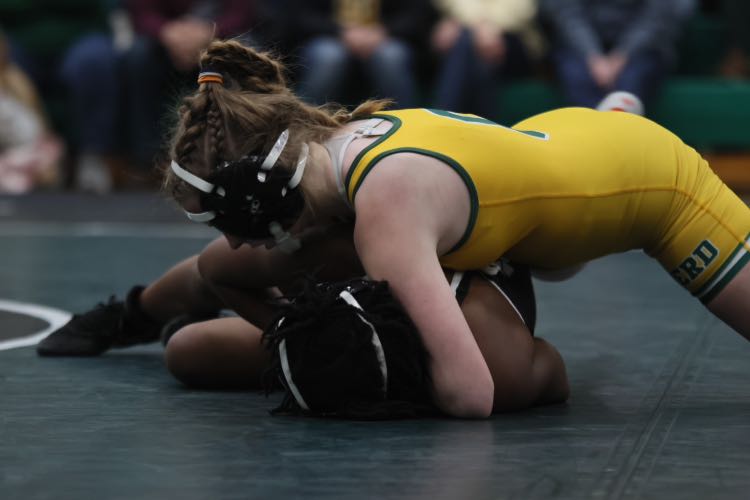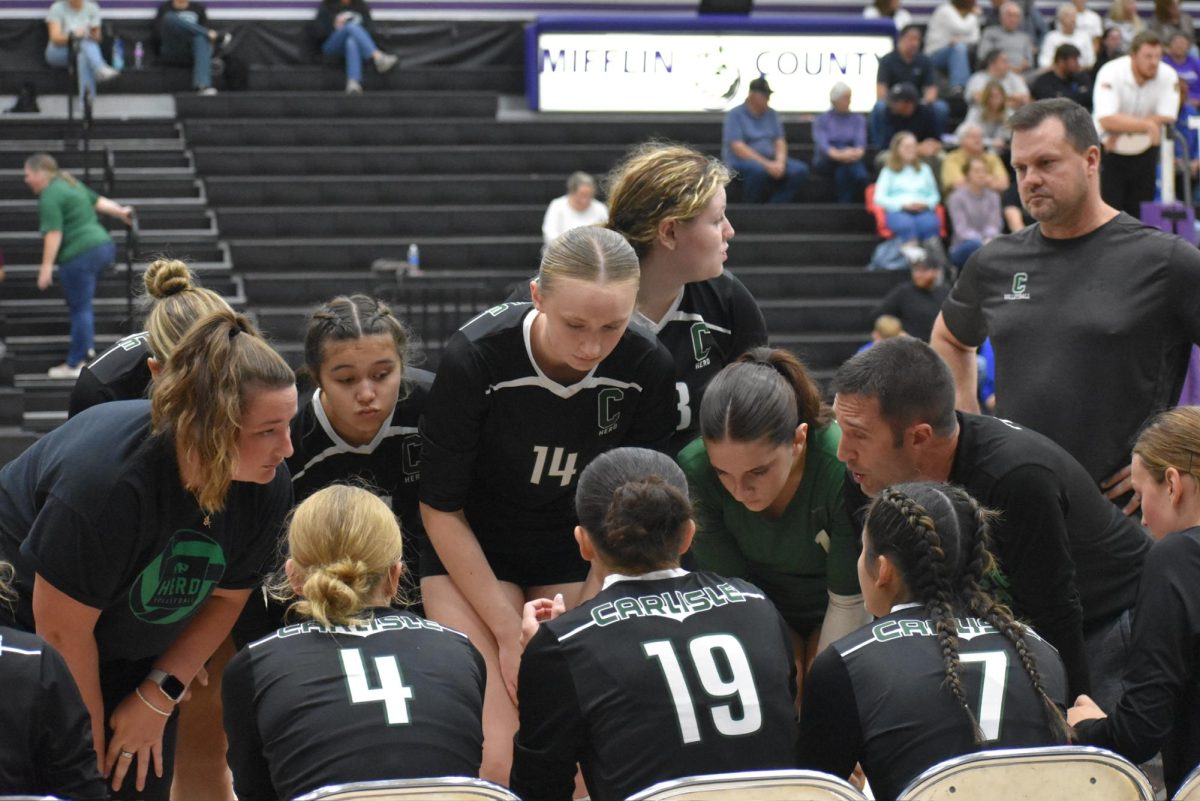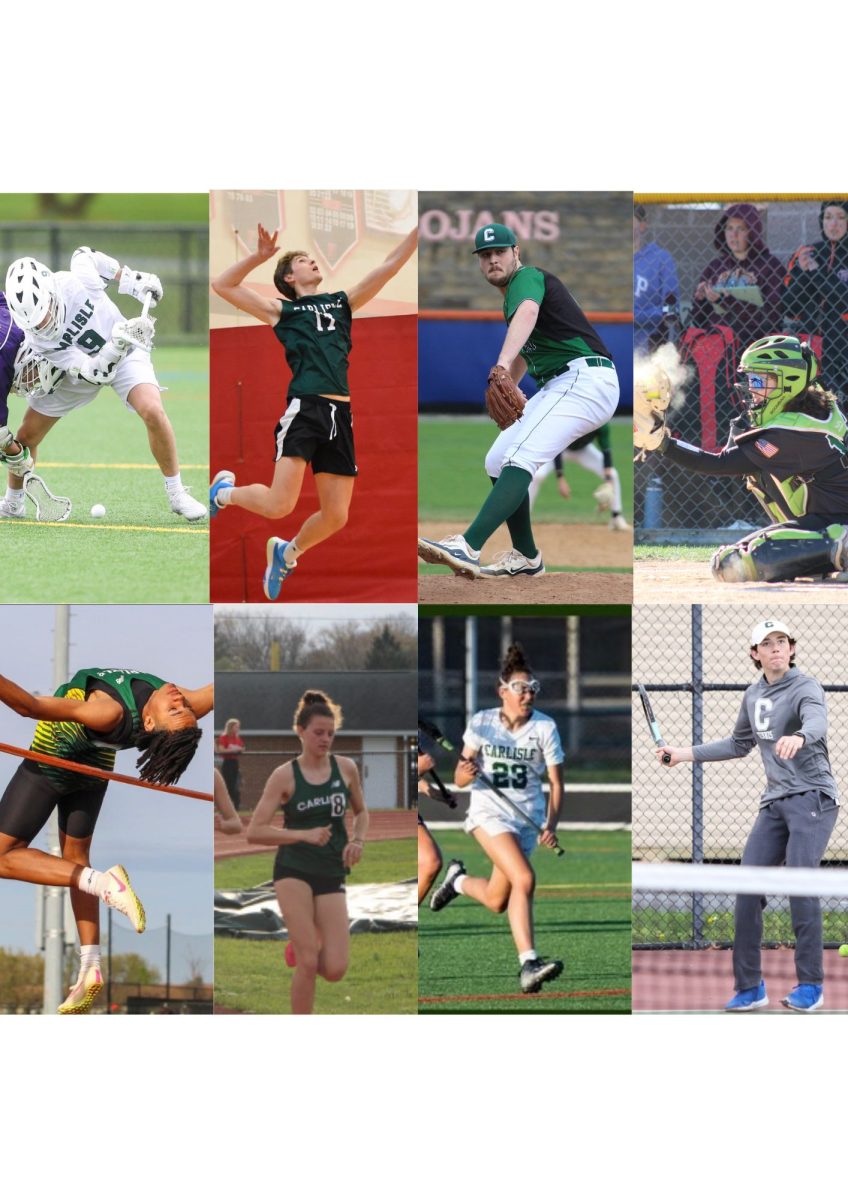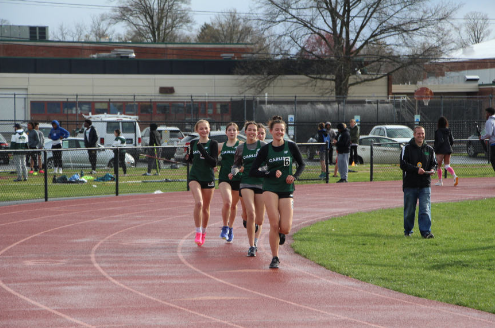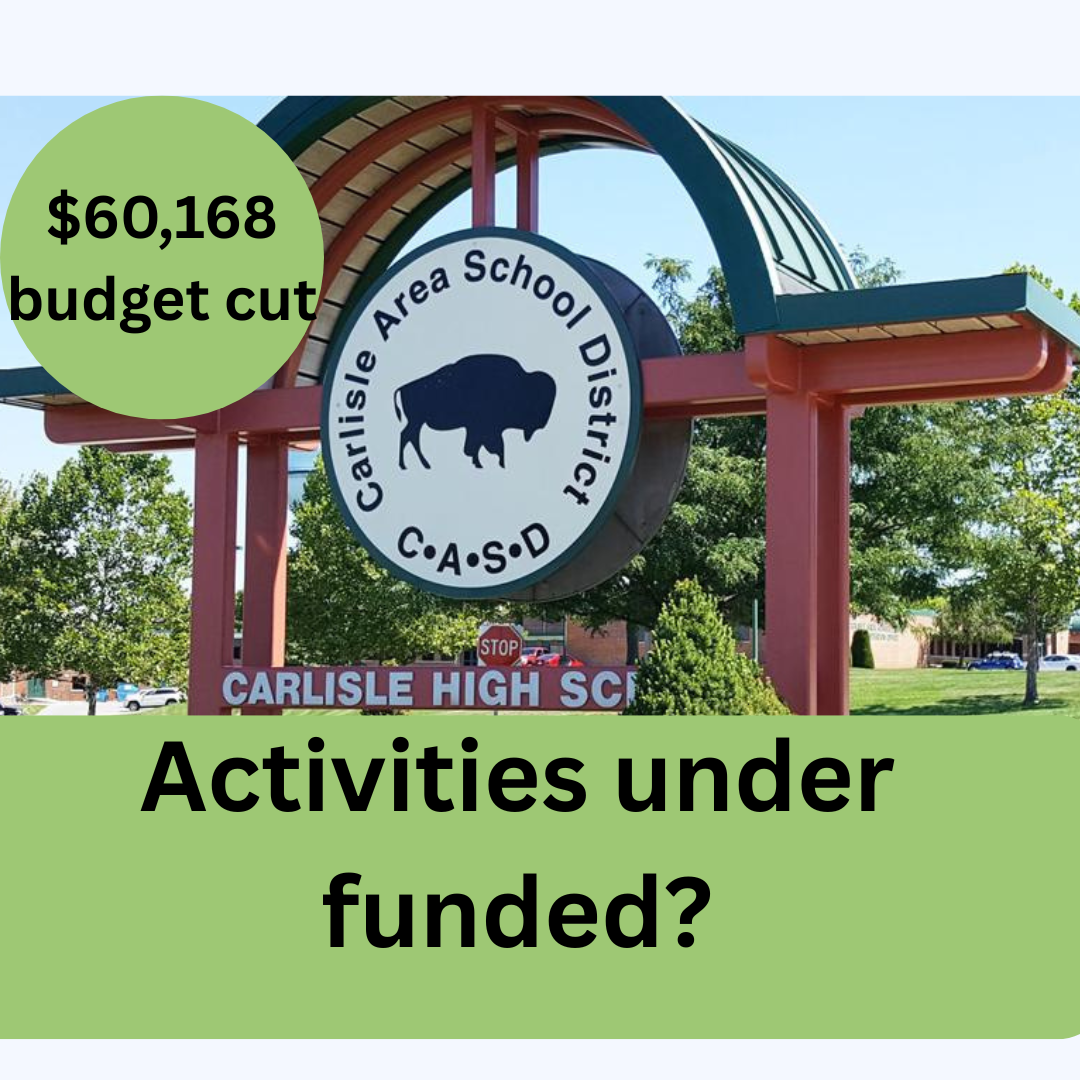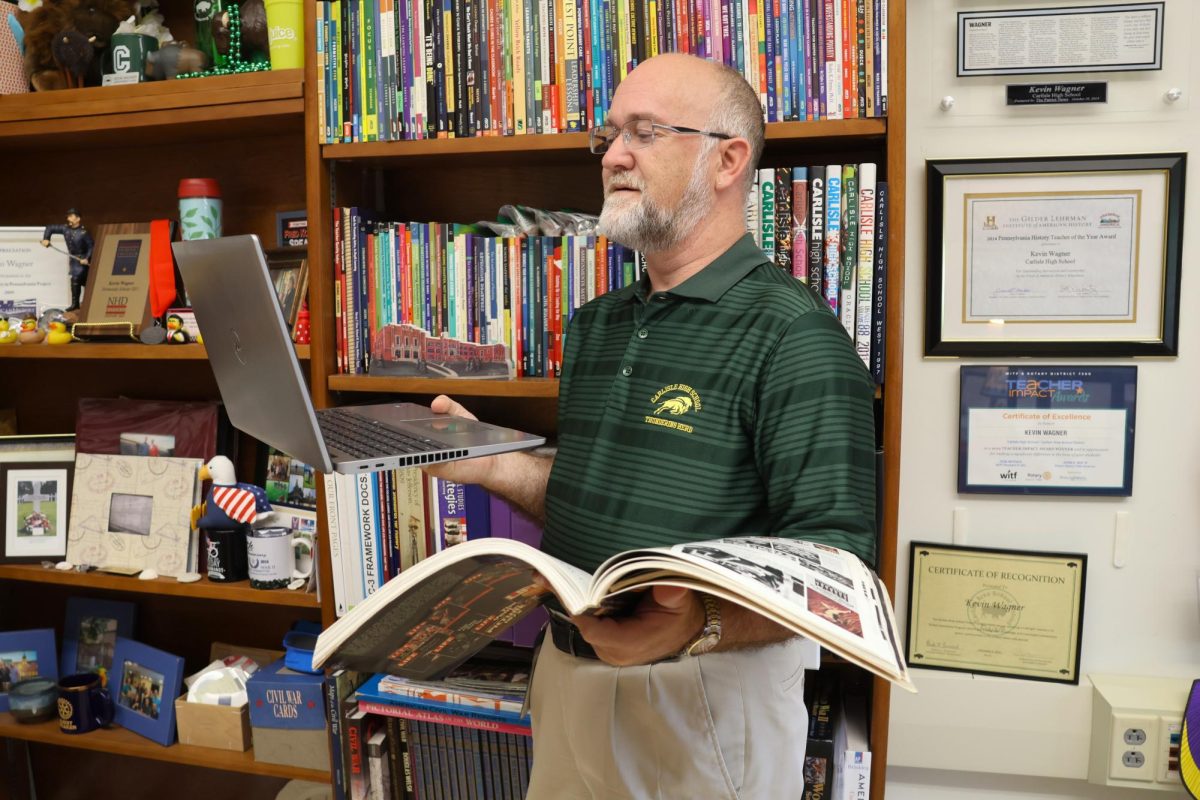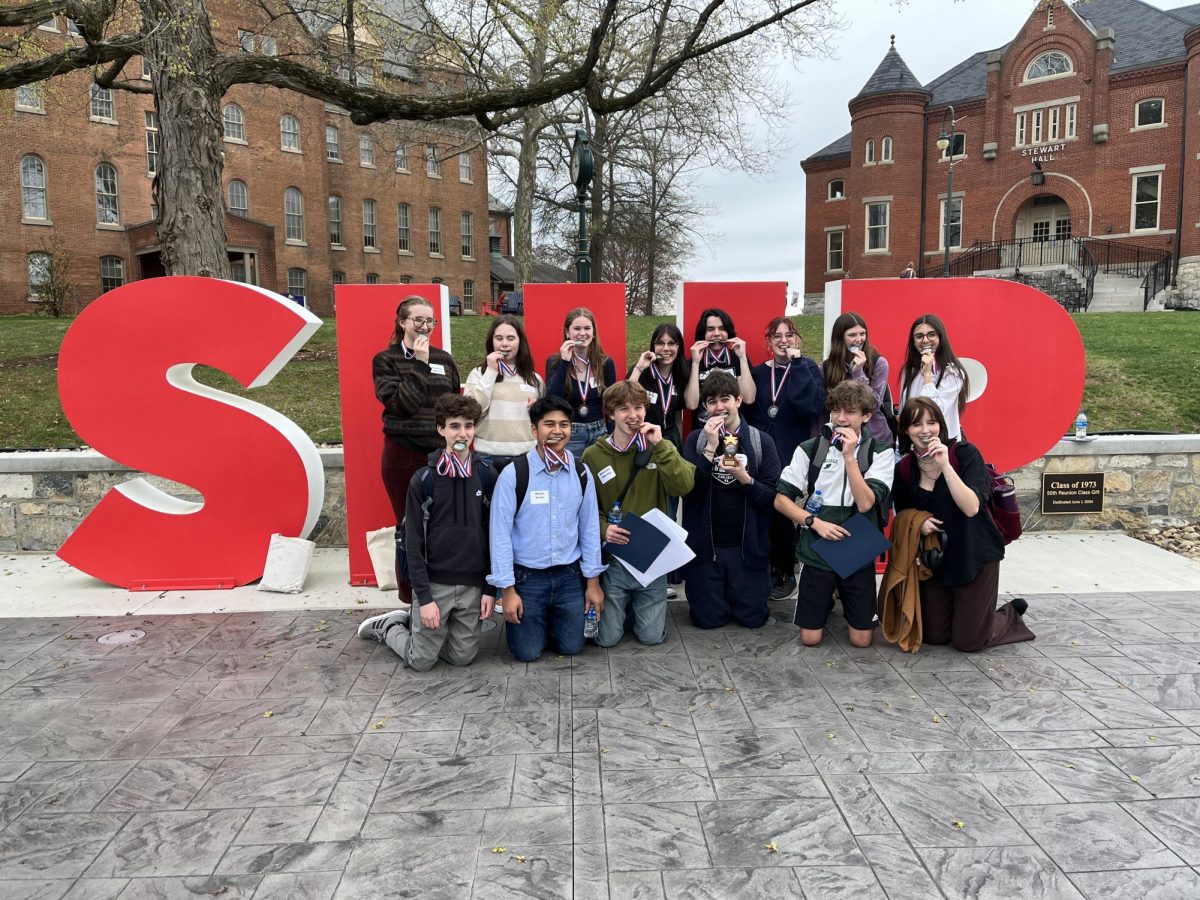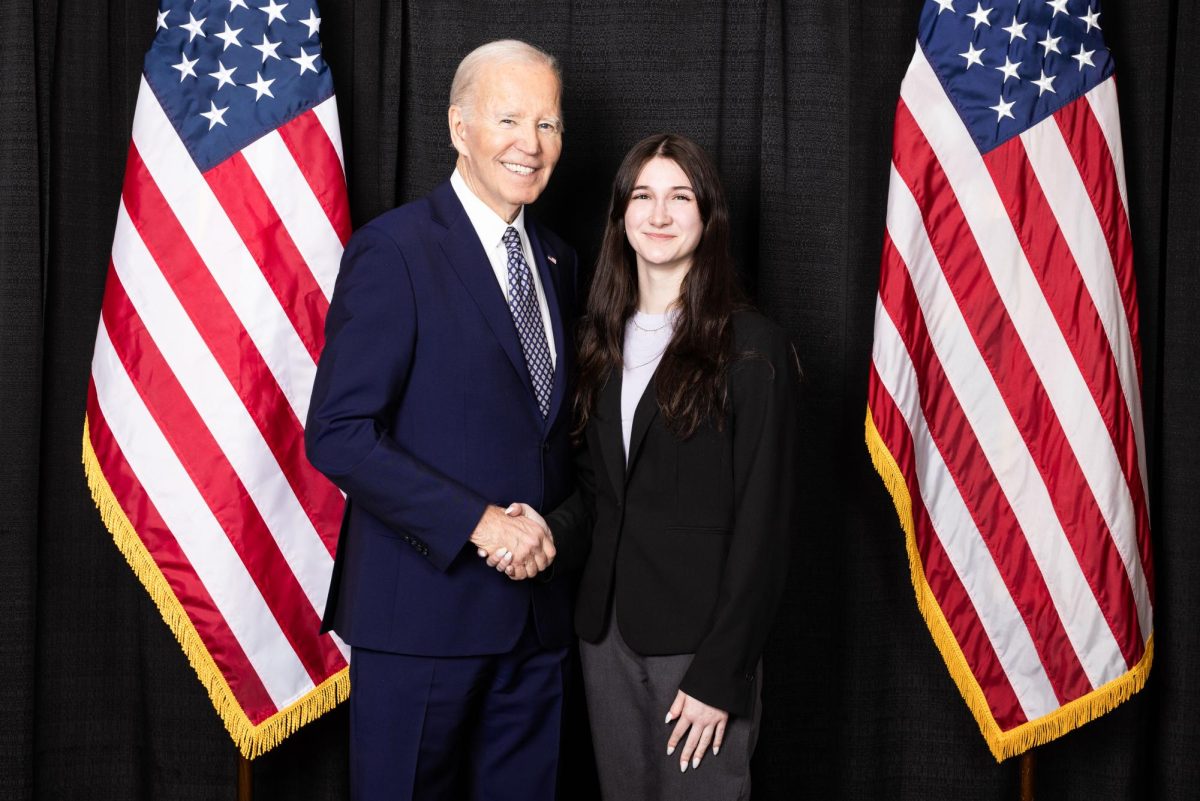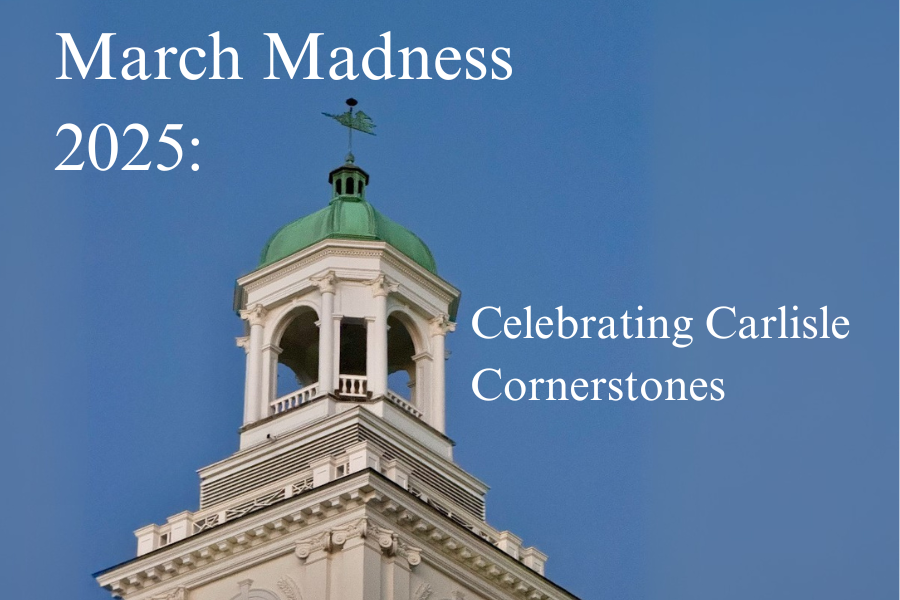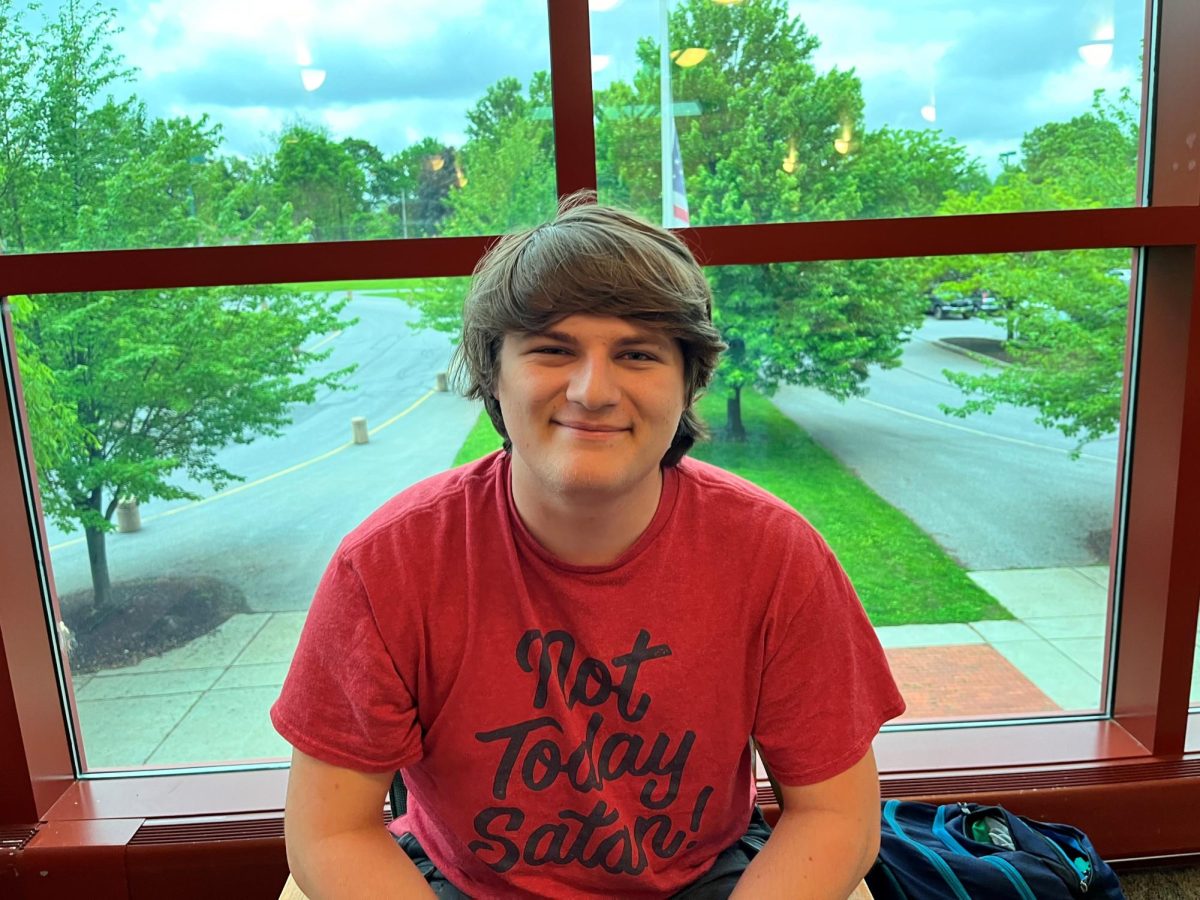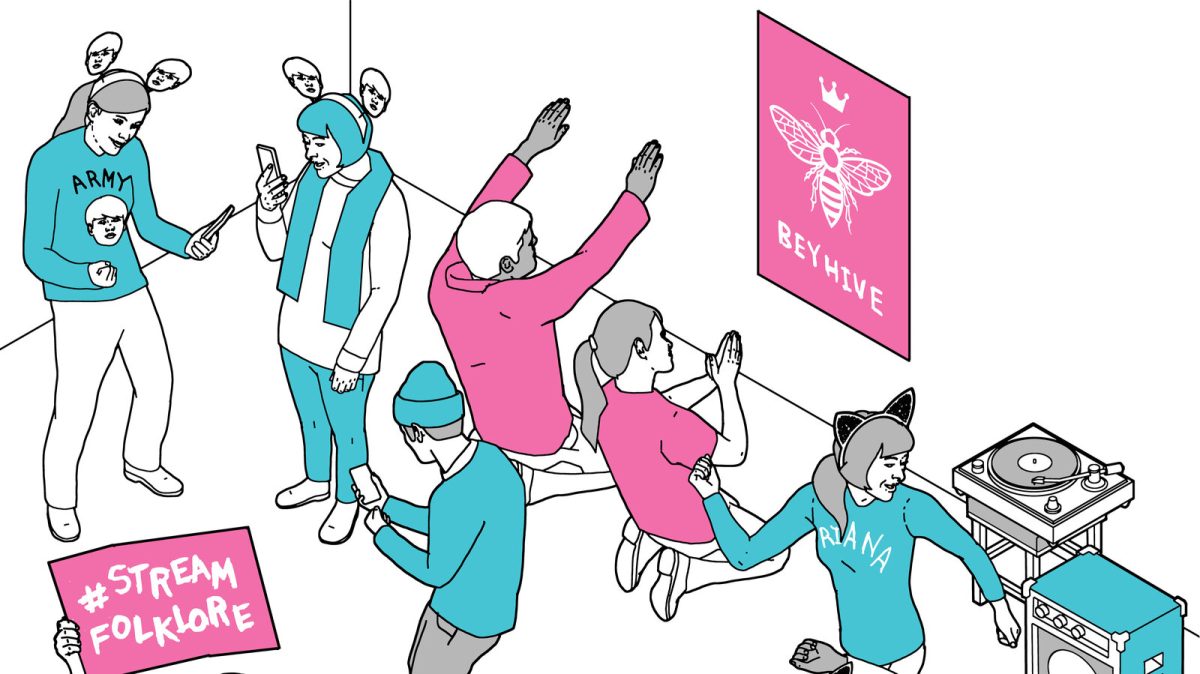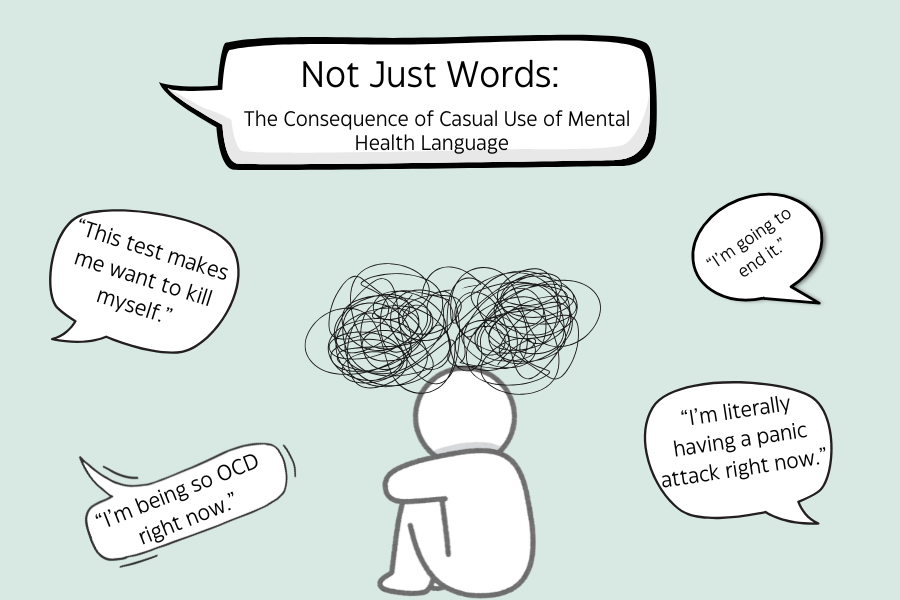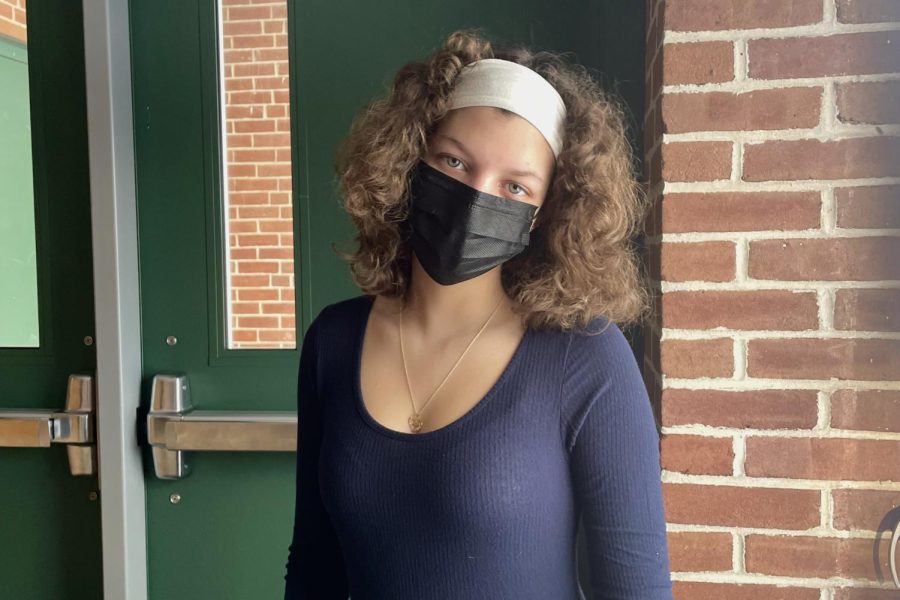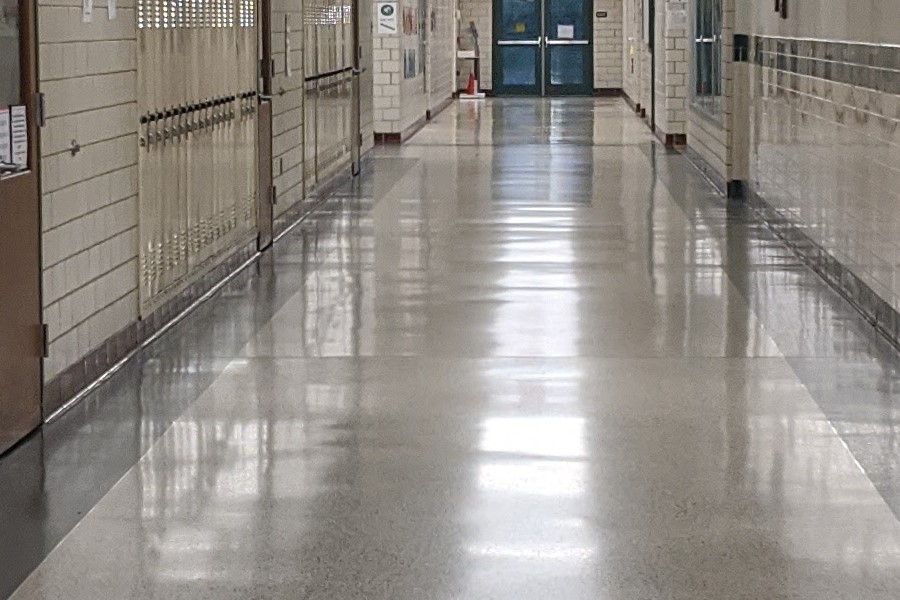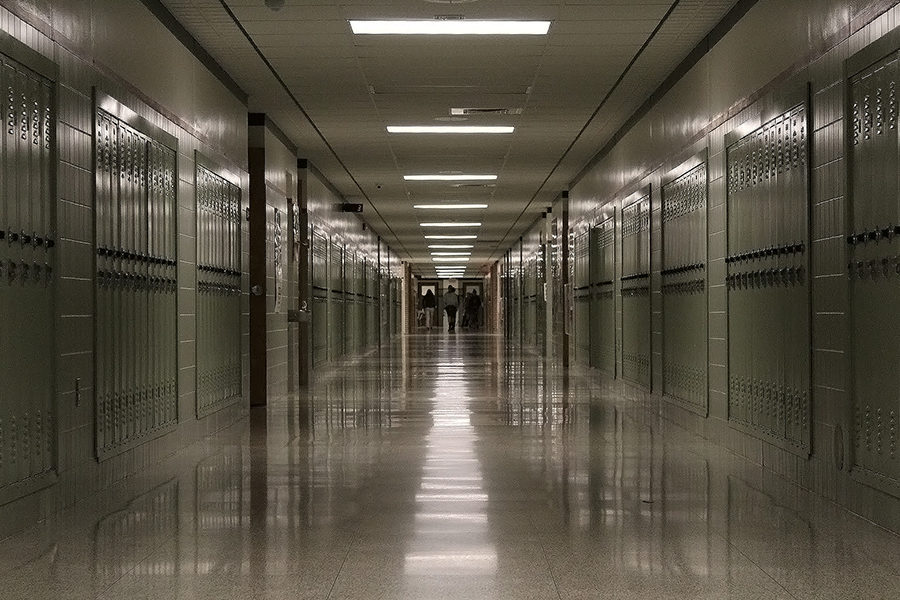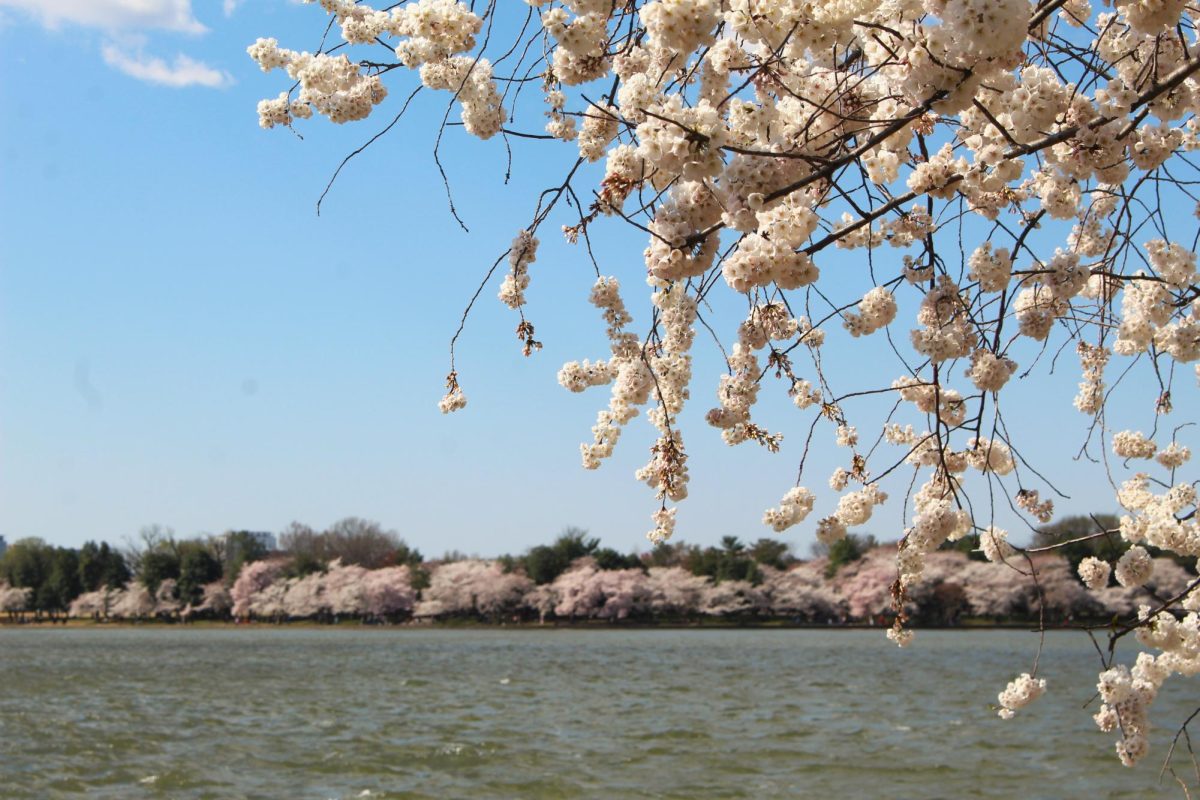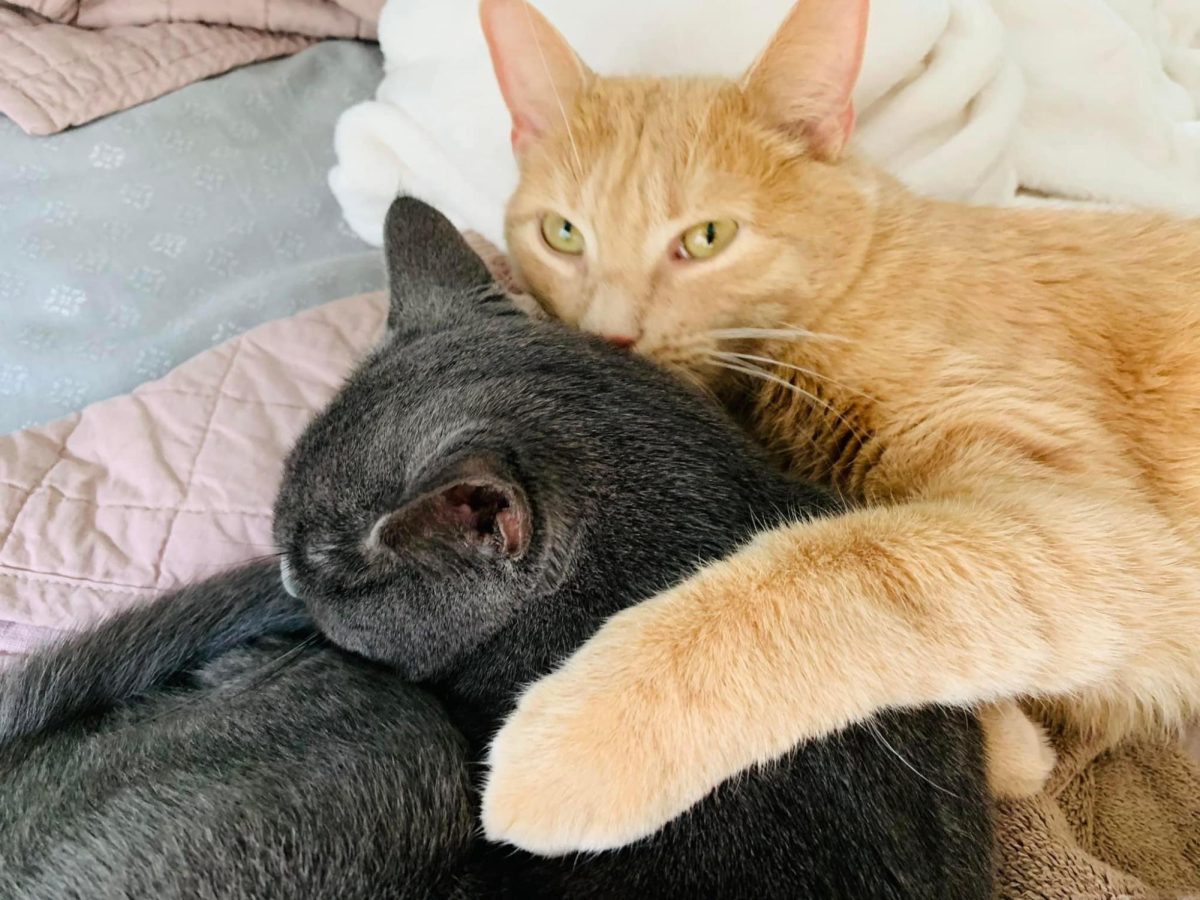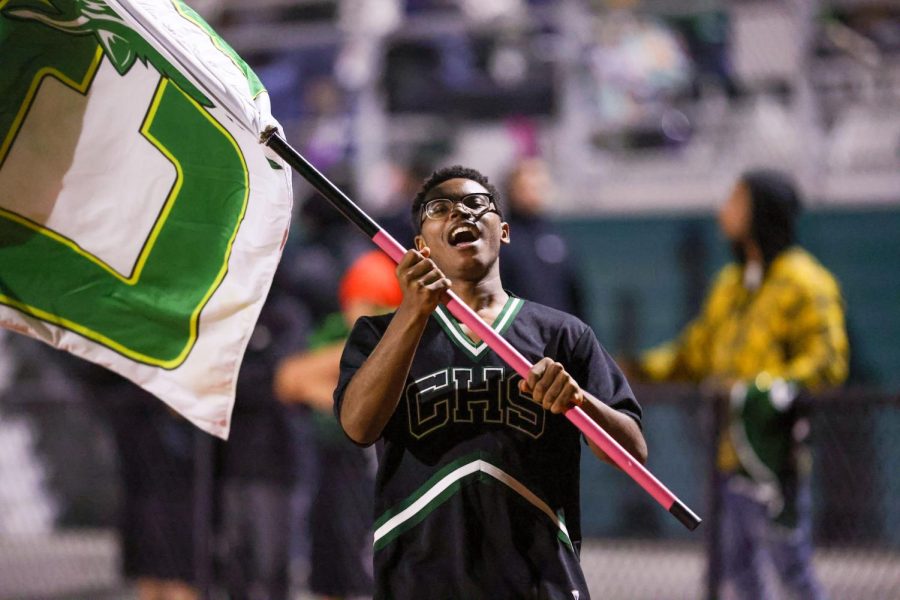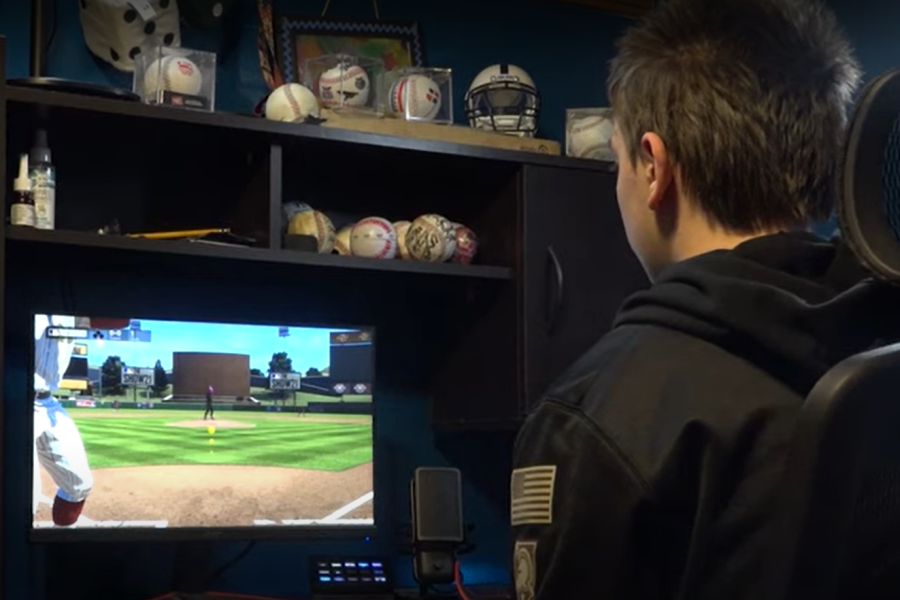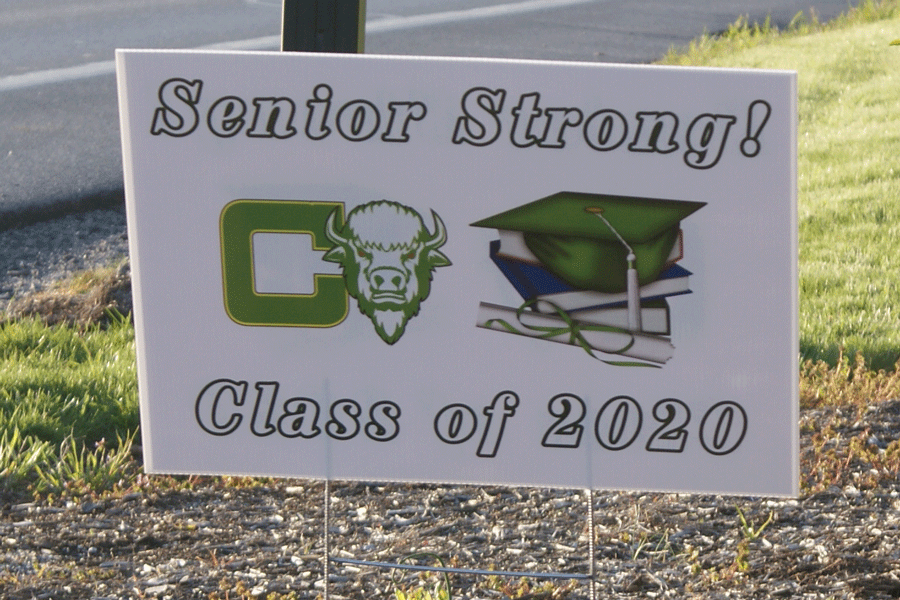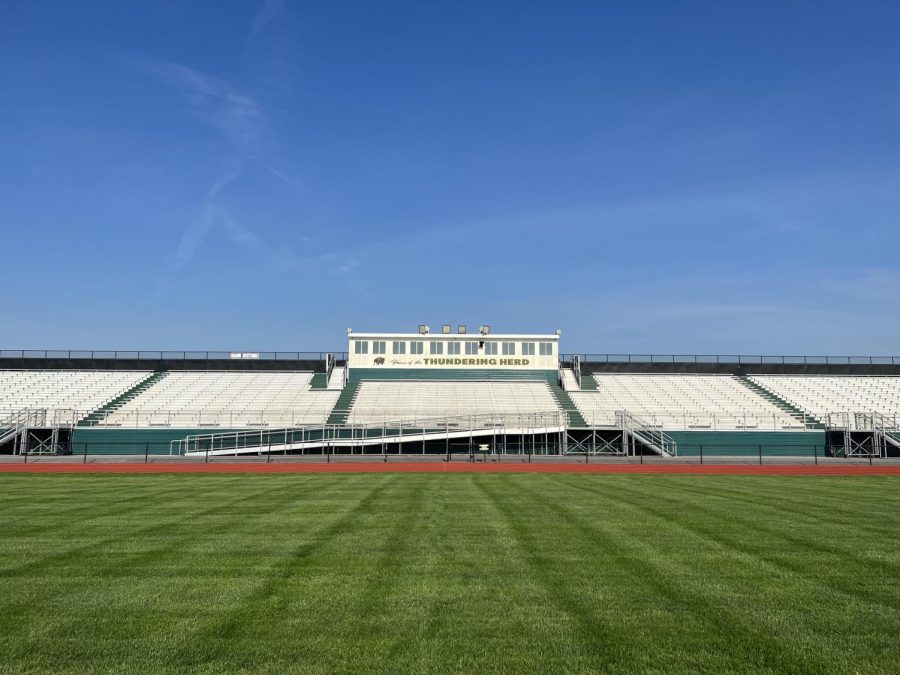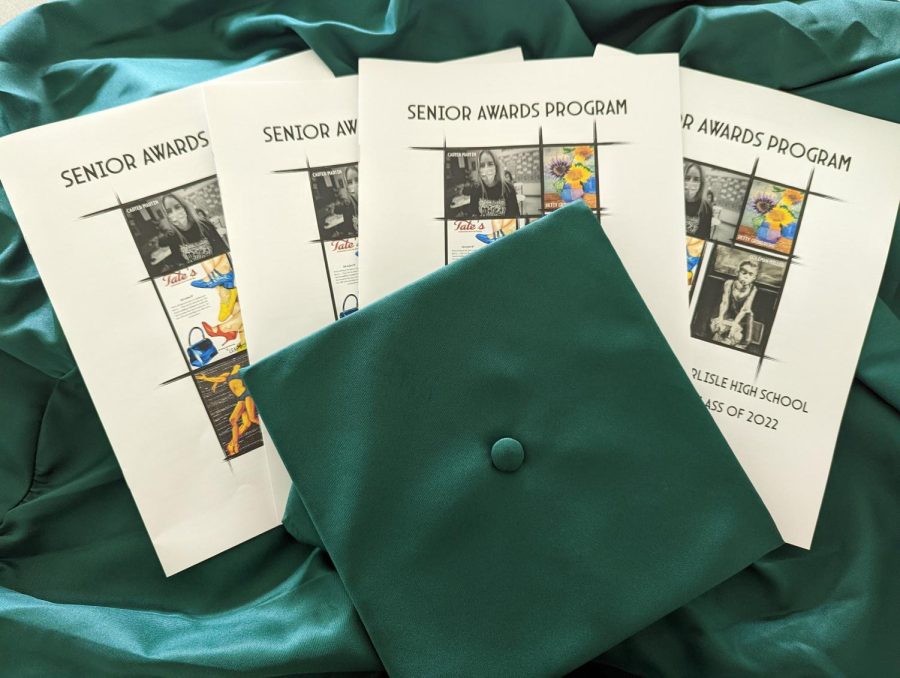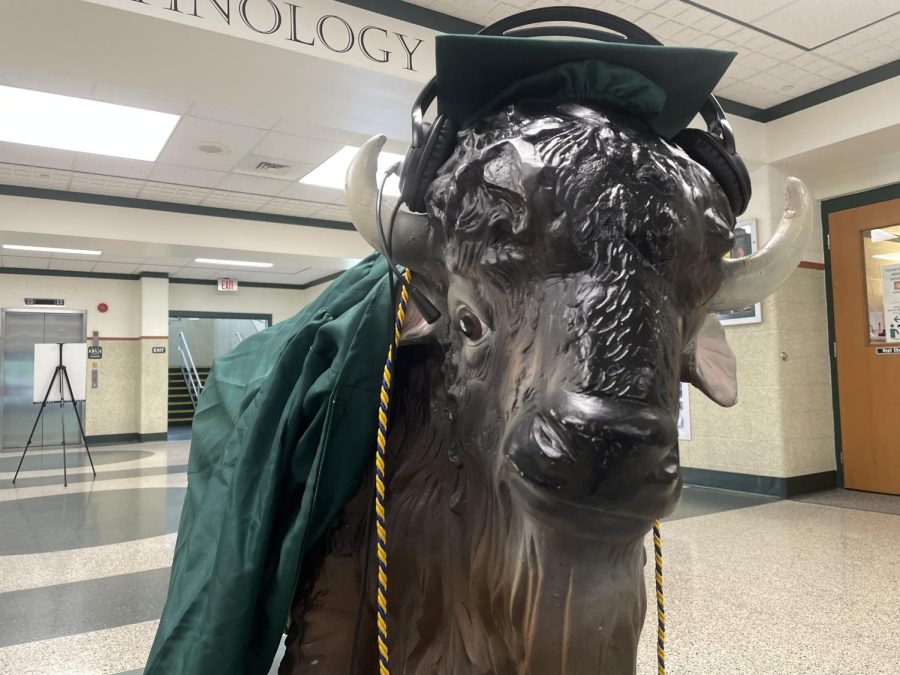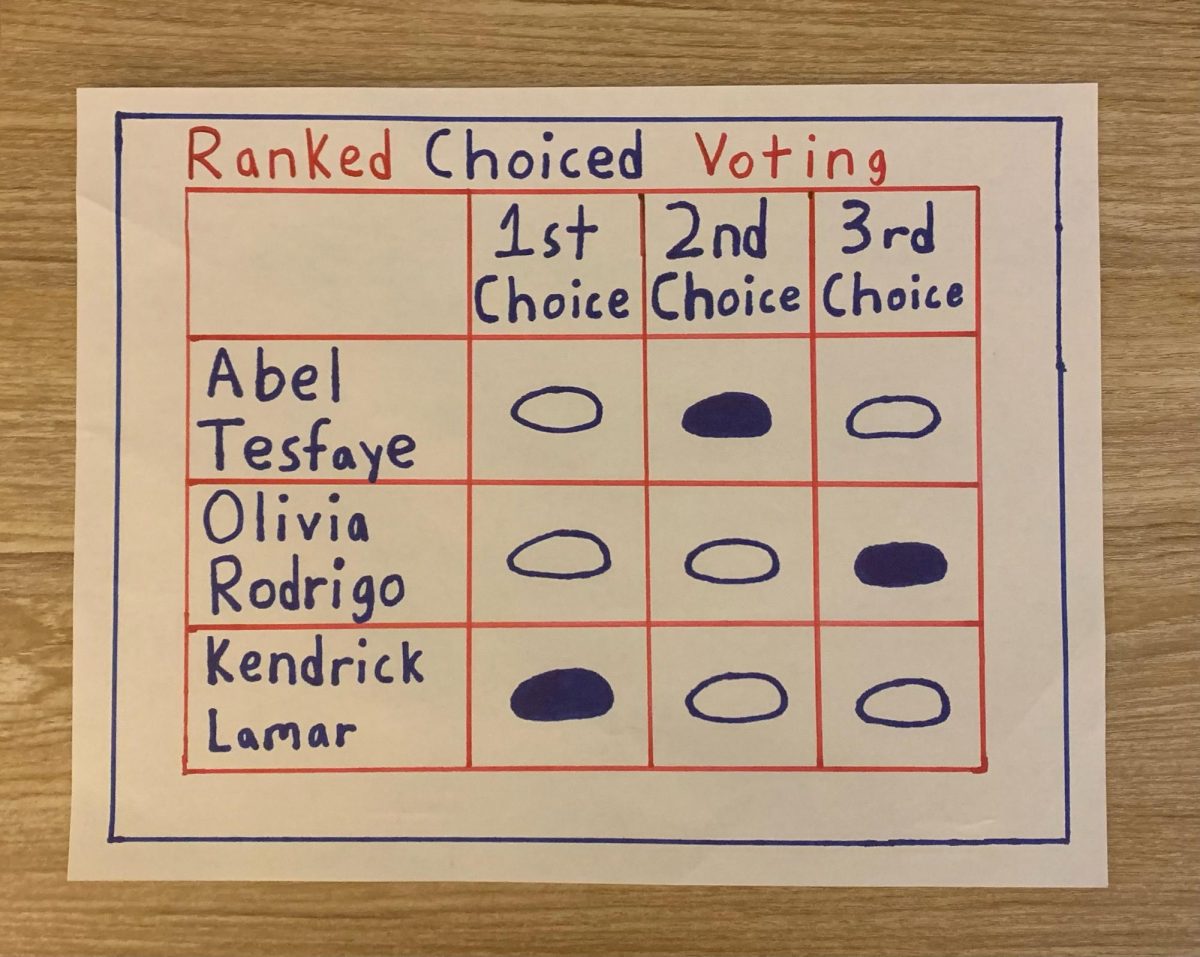The current voting system doesn’t represent the people.
This voting system gives people only two viable choices for candidates to represent them in government. Present elections result in the people having to choose between the “lesser of two evils,” even if they don’t align directly with either candidate’s views or don’t like the candidates on the ballot.
This uniquely American issue results in people feeling as if their voices aren’t being heard and that their vote will be “thrown away” if they decide to vote for a third-party candidate, who has almost no chance of gaining the popular vote in U.S Senate or U.S House of Representatives elections occurring within each state even with a majority supporting third-party representation.
Third party candidates have different platforms that could lead to more unique solutions being provided to fix national issues. Ranked Choice Voting could be a viable alternative way of voting to help promote third party candidates to federal politics.
Ranked Choice Voting, also known as “RCV” is a way of ranking the candidates based on voters personal preferences in a candidate.
For example, voters would rank your most preferred candidate at the top of your ballot, then voters would select their second preferred candidate to win in the second spot, then voters third choice, and so on. There can be upwards of 13 candidates in a Ranked Choice Voting ballot. Ranked Choice Voting would then result in the candidates with the most “First Preference Votes” staying in the race for the elected office while the candidates with the least “First Preference Votes” being kicked out of the race.
After those candidates are removed out of the race, votes for that candidate will be moved to the voter’s second choice.
Ranked Choice Voting can result in politicians having to adopt new and unique policies to appeal to independents who might not necessarily vote for a candidate because of the typical issues politicians tackle today on both sides of the aisle. About 47% of voters identify themselves as independent voters.
Ranked Choice Voting has been becoming more and more popular due to the division regarding Electoral College vs. Popular Vote in Presidential elections and divisive primaries in federal elections like Senate or the House of Representatives. The Electoral College can lead to candidates being elected President even if they don’t have the most individual votes. The Popular Vote system would lead to larger voting blocks of states being able to dictate what happens to all the other smaller states making voices of smaller states silenced. Ranked Choice Voting is an ideal compromise to Popular Vote vs. Electoral College.
FairVote, an election reform advocacy group, has been advising Ranked Choice Voting due to its success in 51 cities, counties, and states. Ranked Choice Voting is also a relatively non-partisan issue regarding primaries for each main political party and has seen significant support ranging from Virginia Republicans to New York City Democrats.
The Forward Party, founded by former Democrat Andrew Yang, advocates for Ranked Choice Voting to help promote Third Parties be more represented within the federal government to help bring many new ideas to the table to improve the lives of U.S Citizens.
Ranked Choice Voting could be a refreshing change to the current way the U.S holds elections. It can reduce polarization, create compromise, and help unify behind one candidate that represents more people in the end. Ranked Choice Voting is one of many new ideas to help unify America and many are hopeful it will help create more opportunities in the near future.
Disclaimer: Articles designated as “Editorial” represent the views and opinions of the author, not the 2023-2024 Periscope staff, CHS/CASD administration, or the CHS student body.






